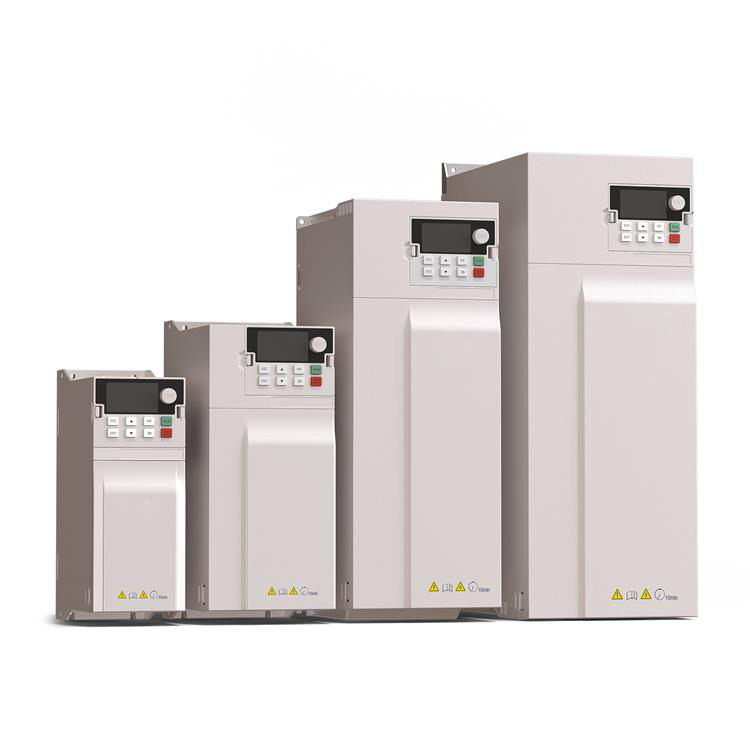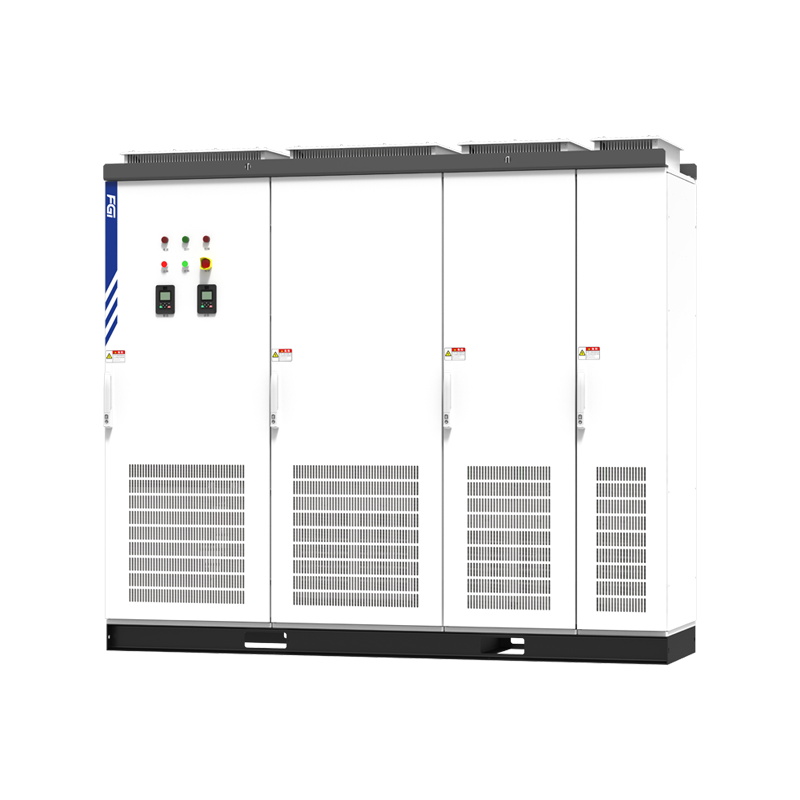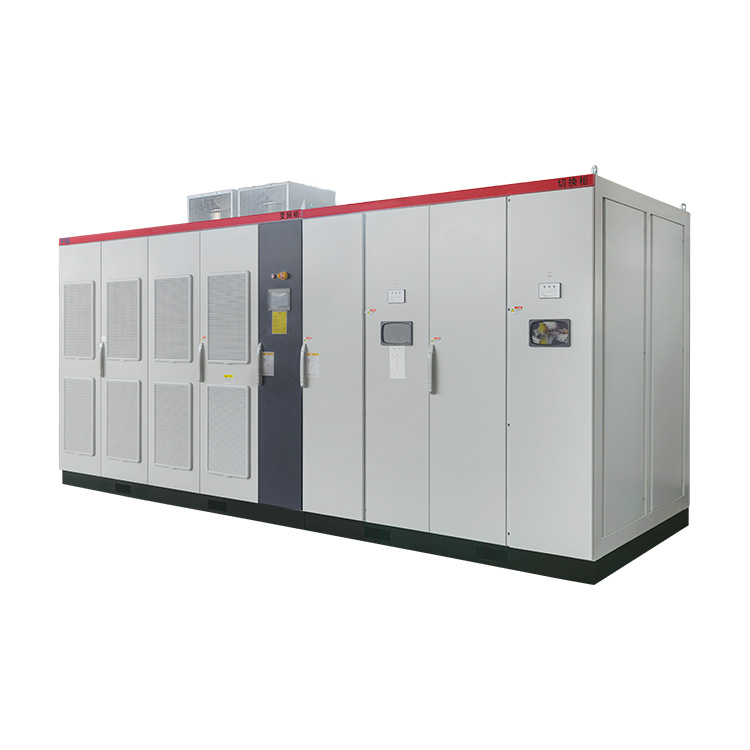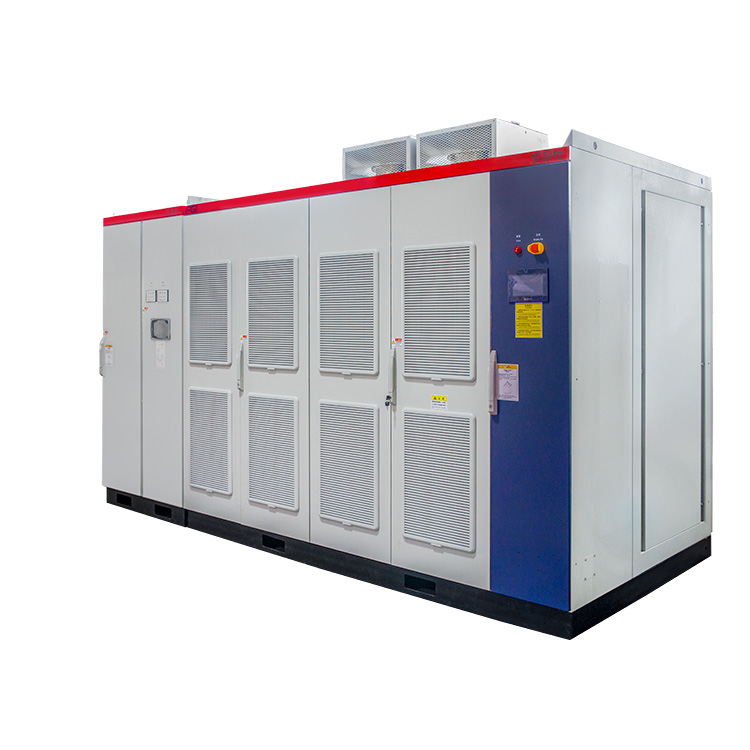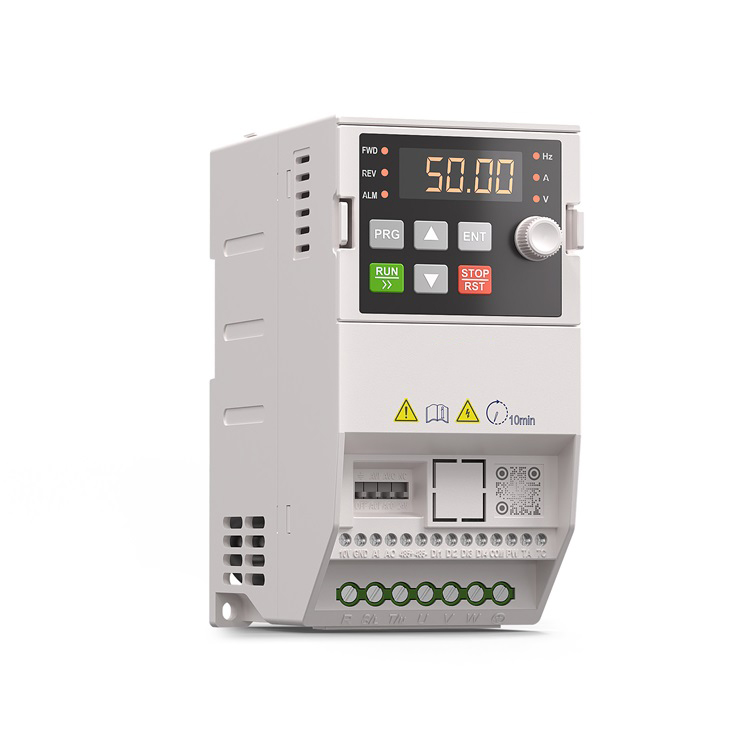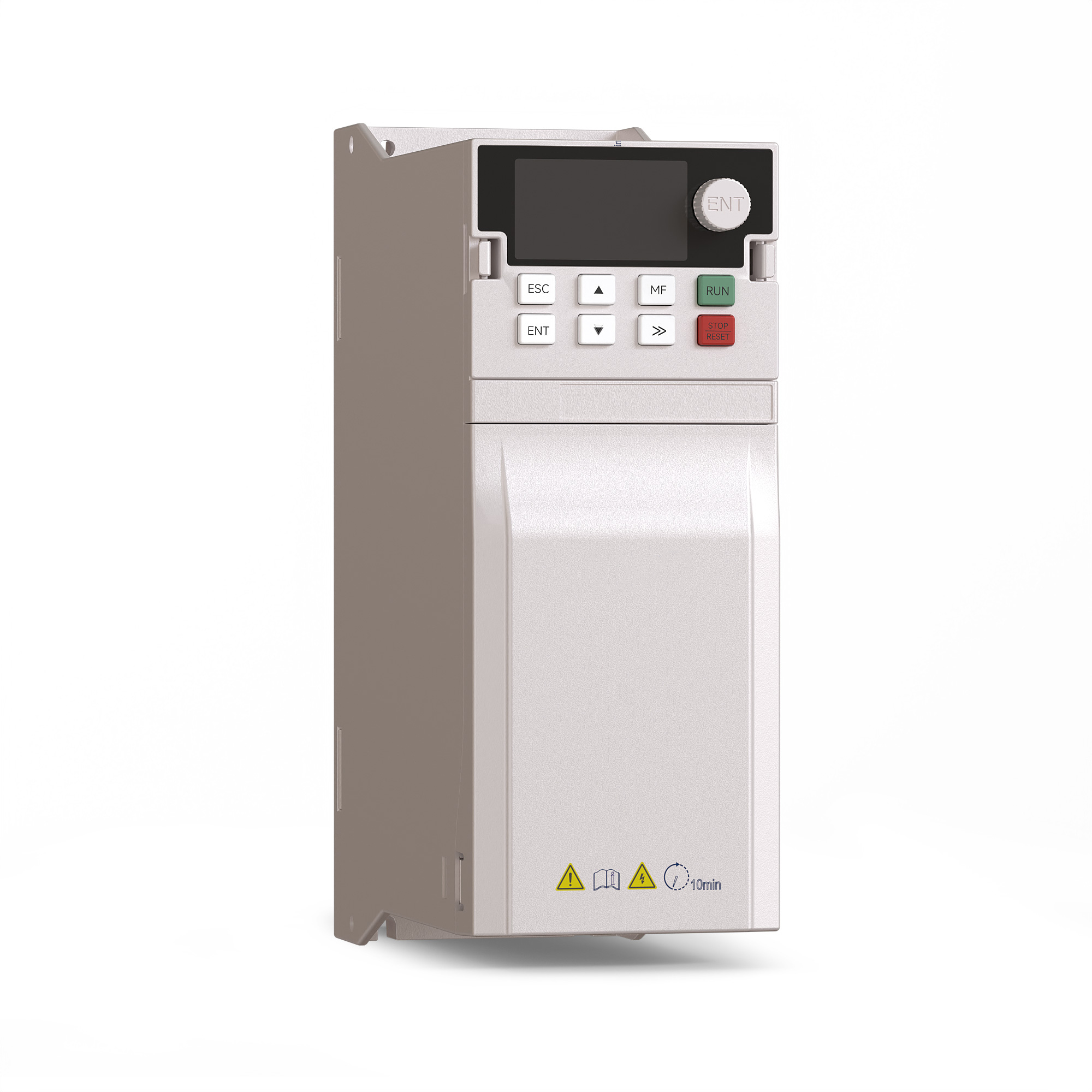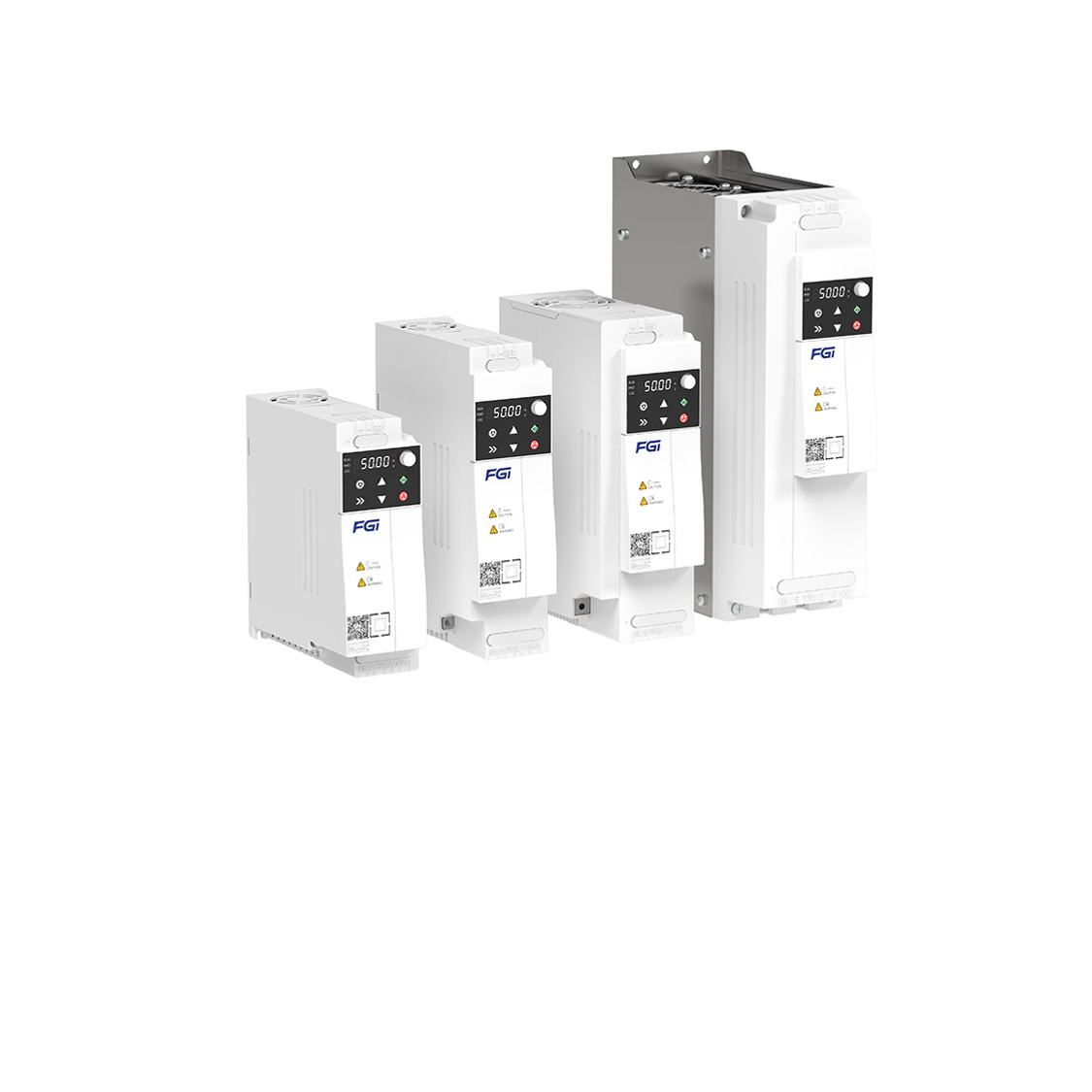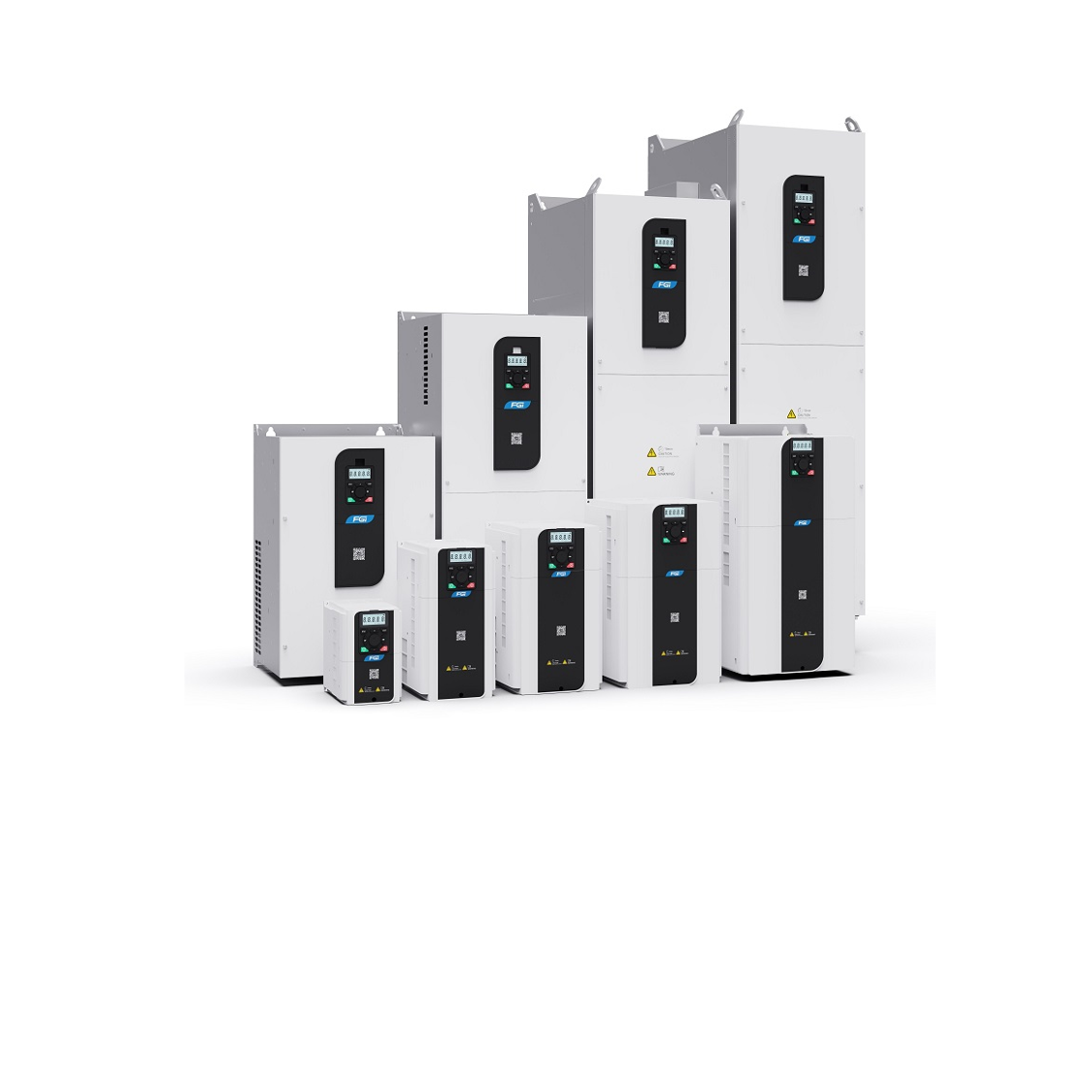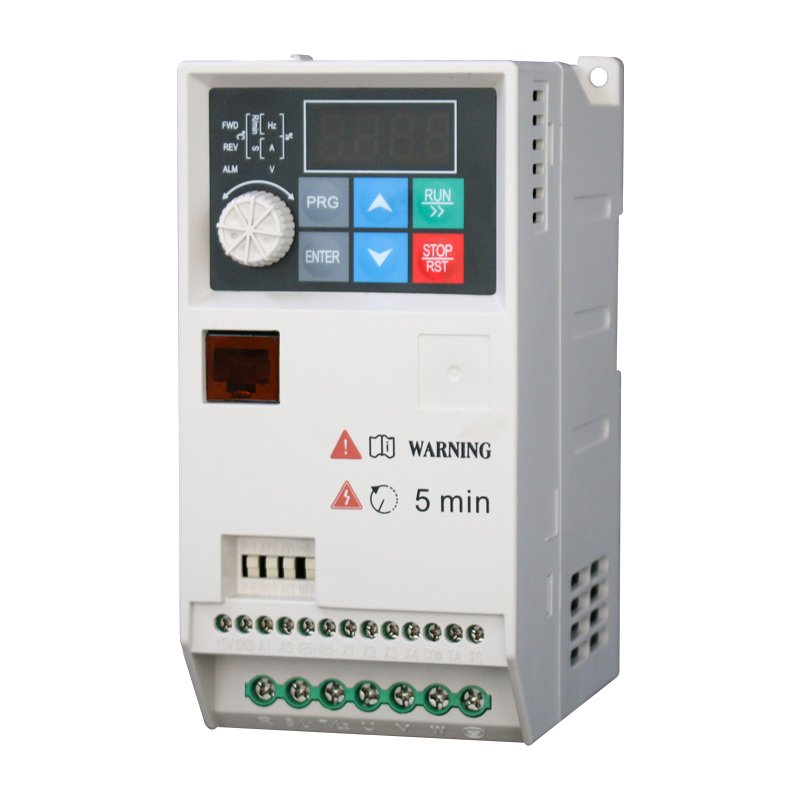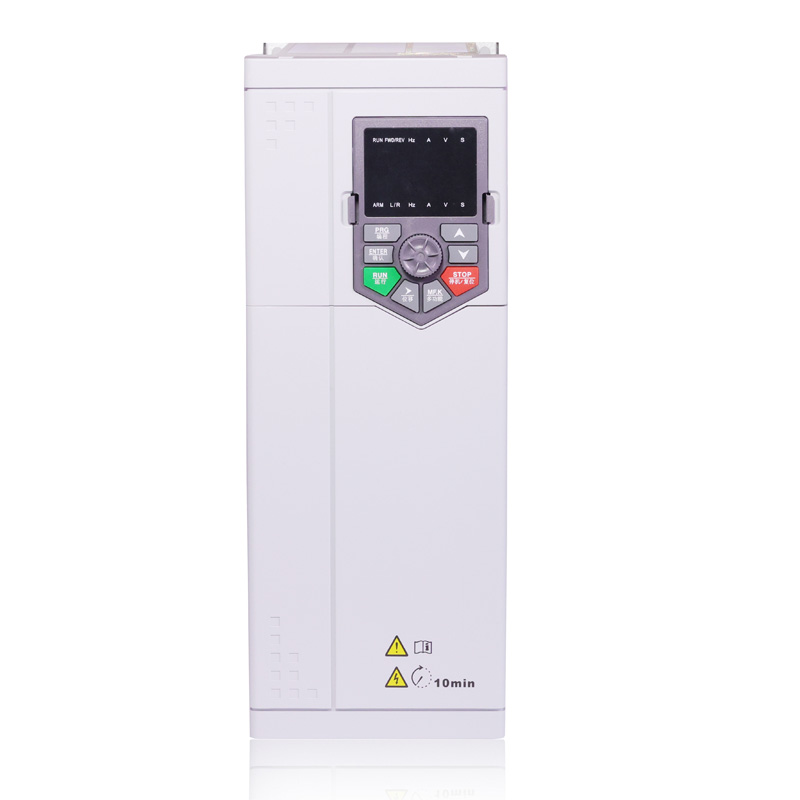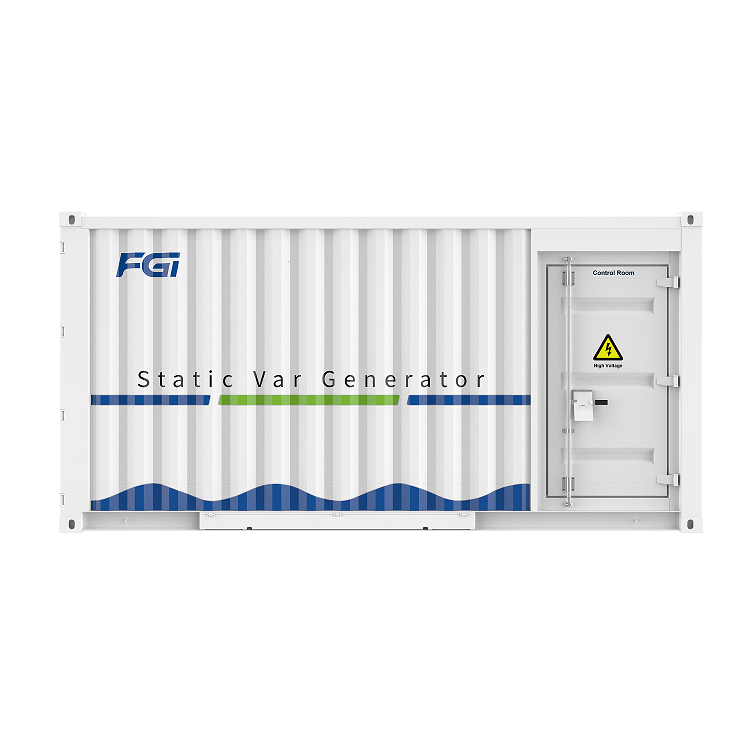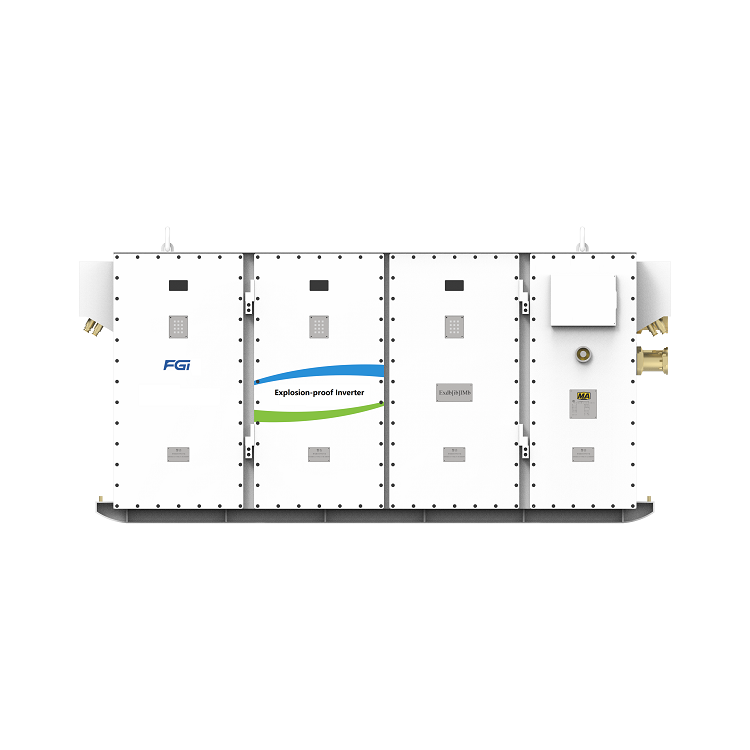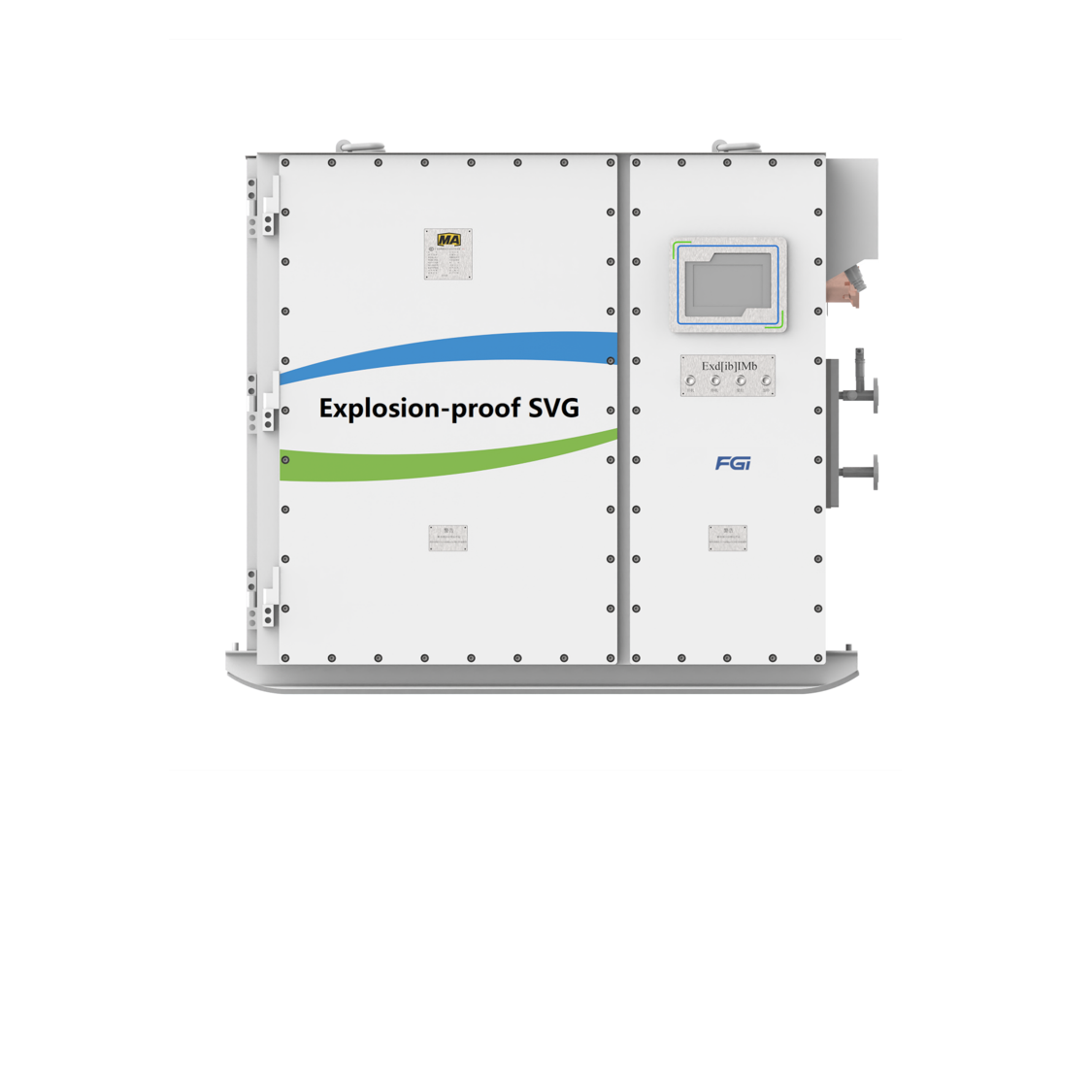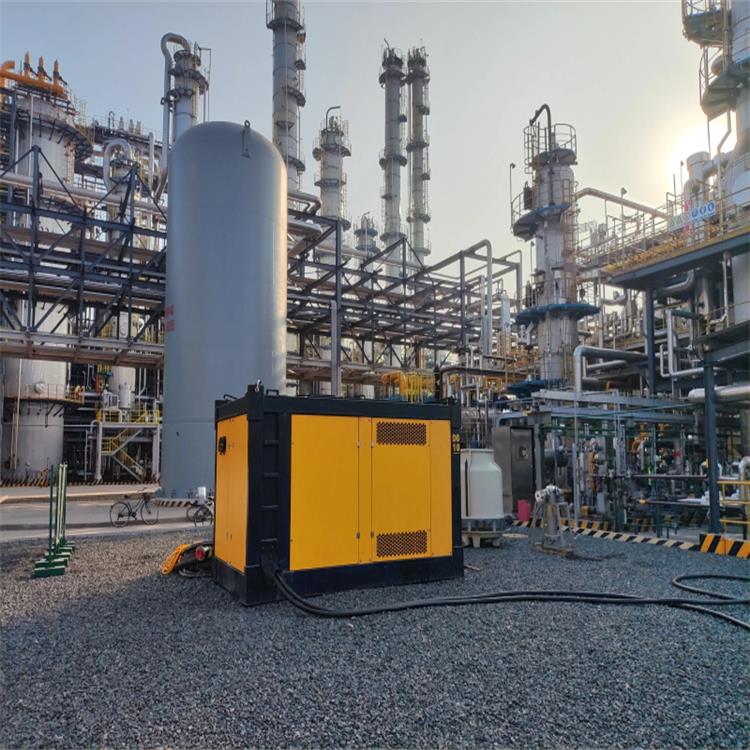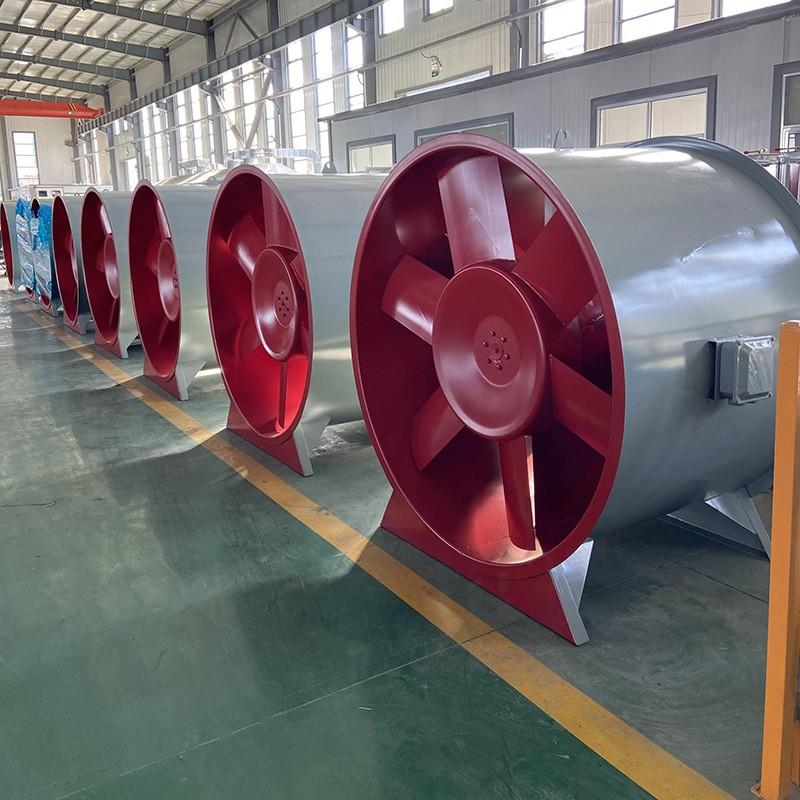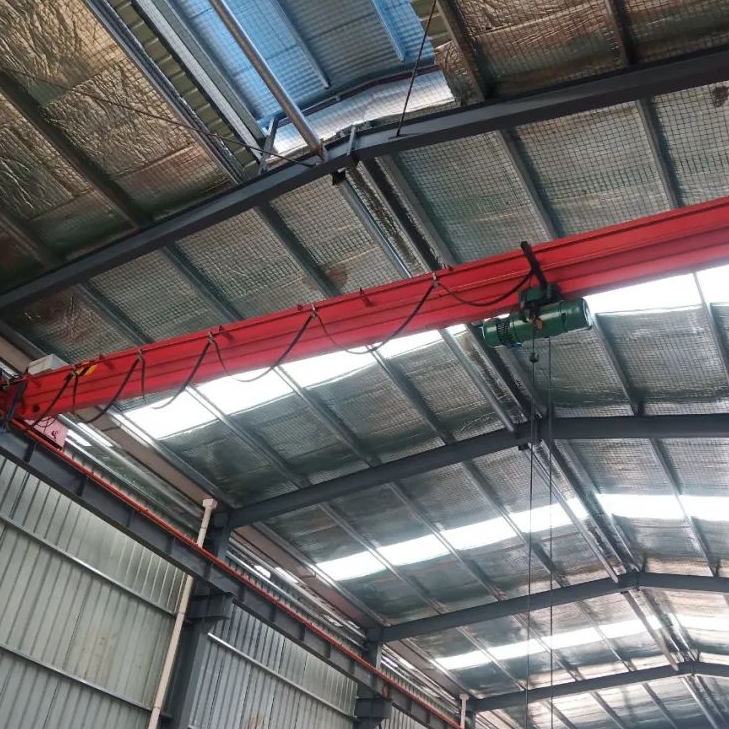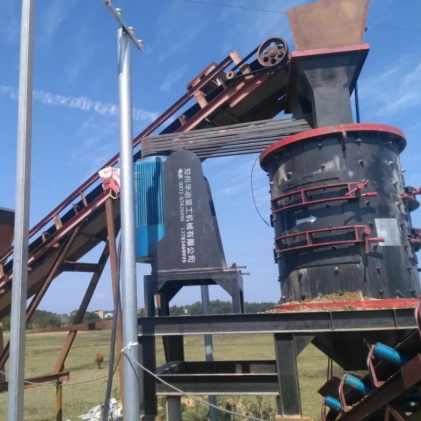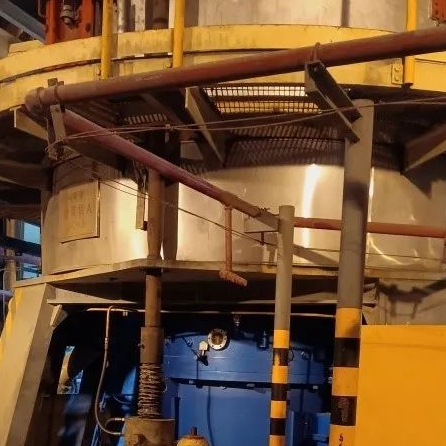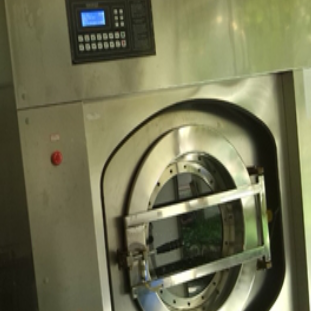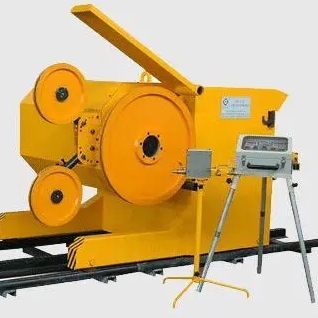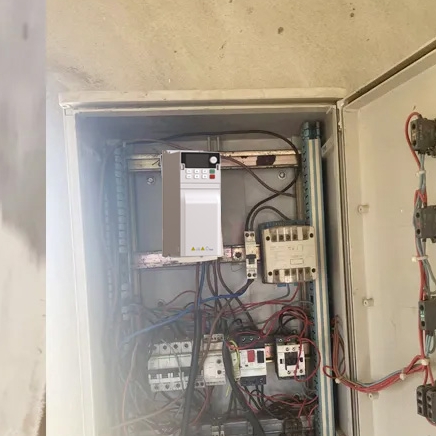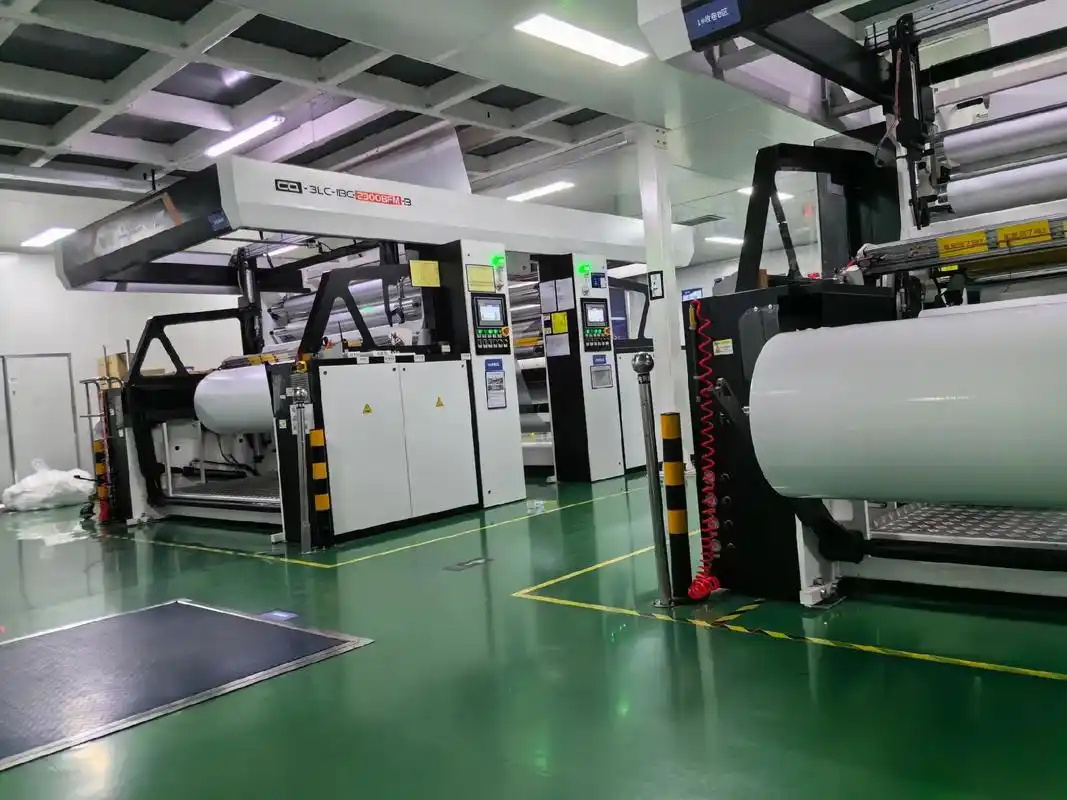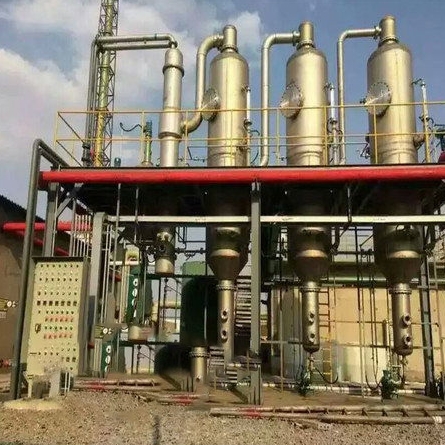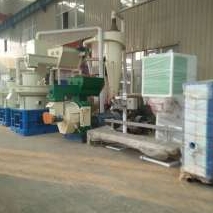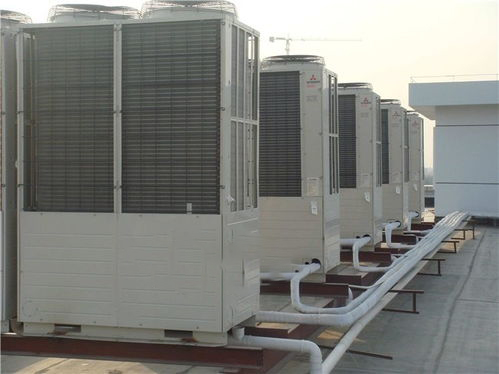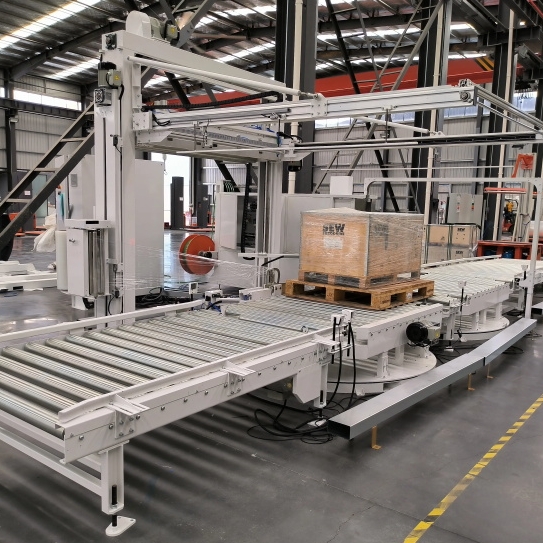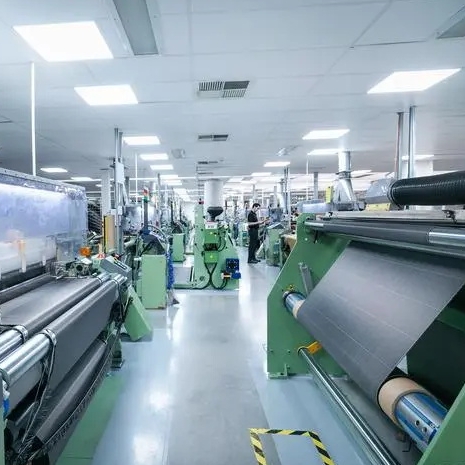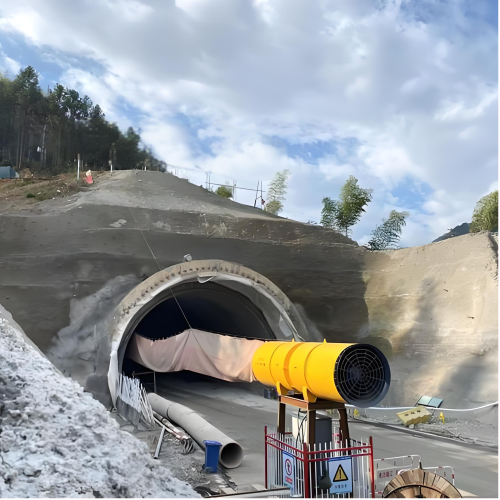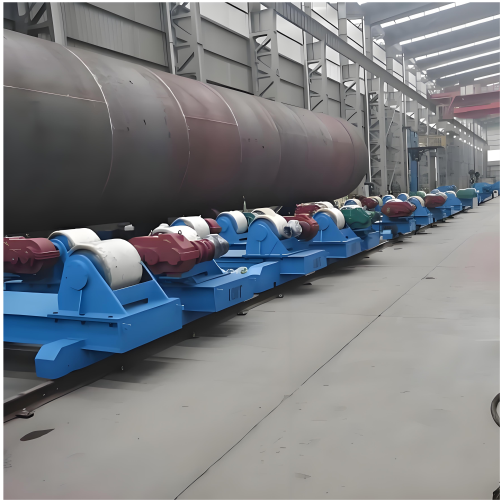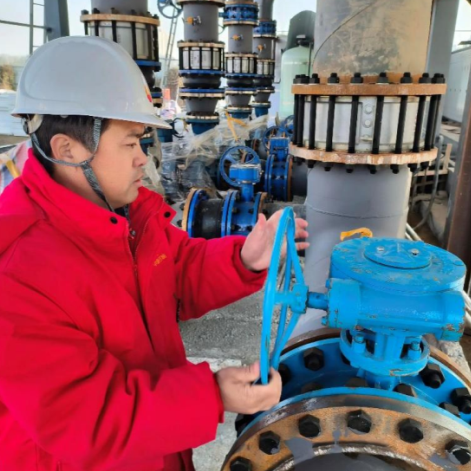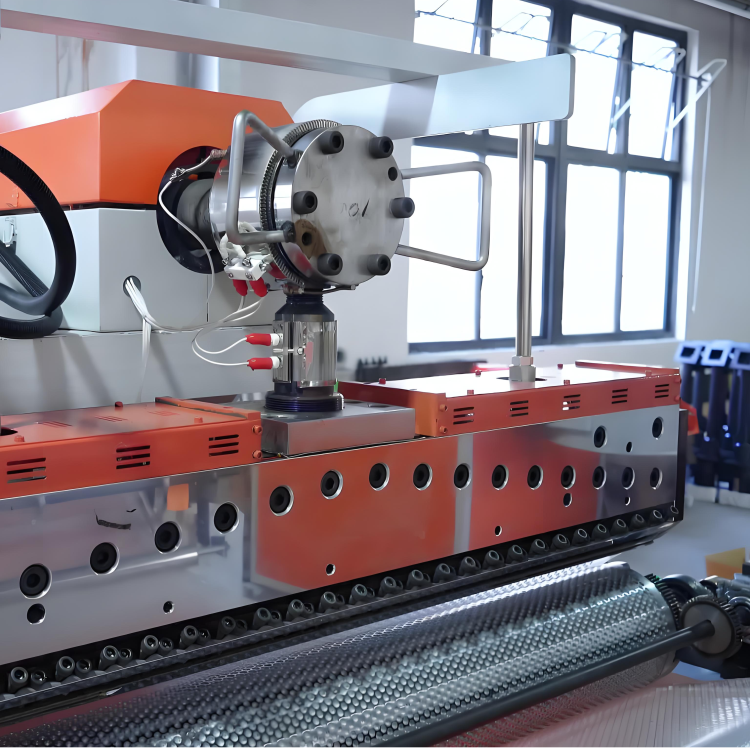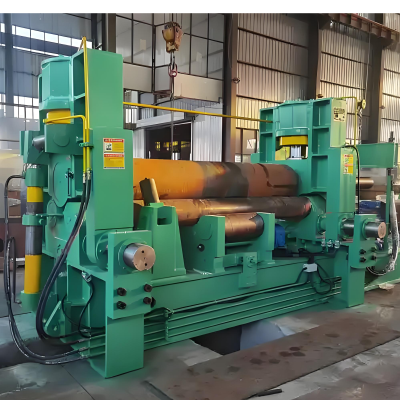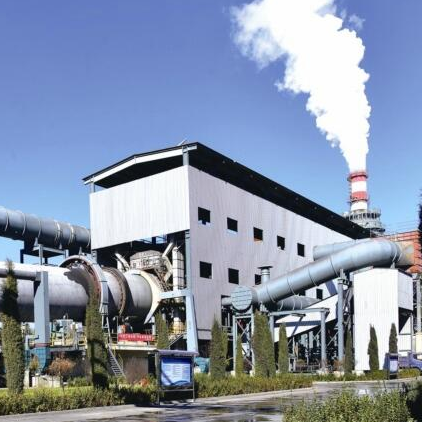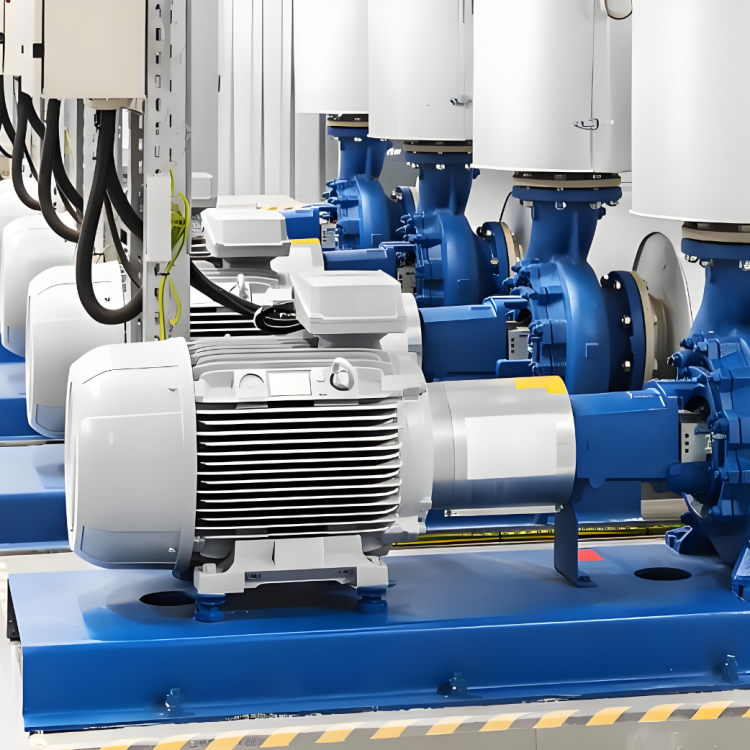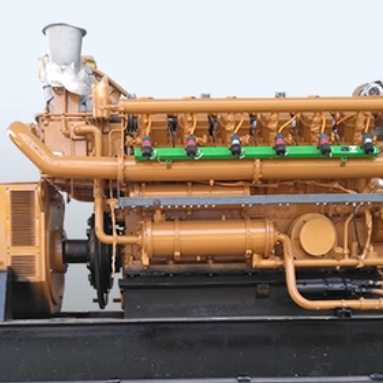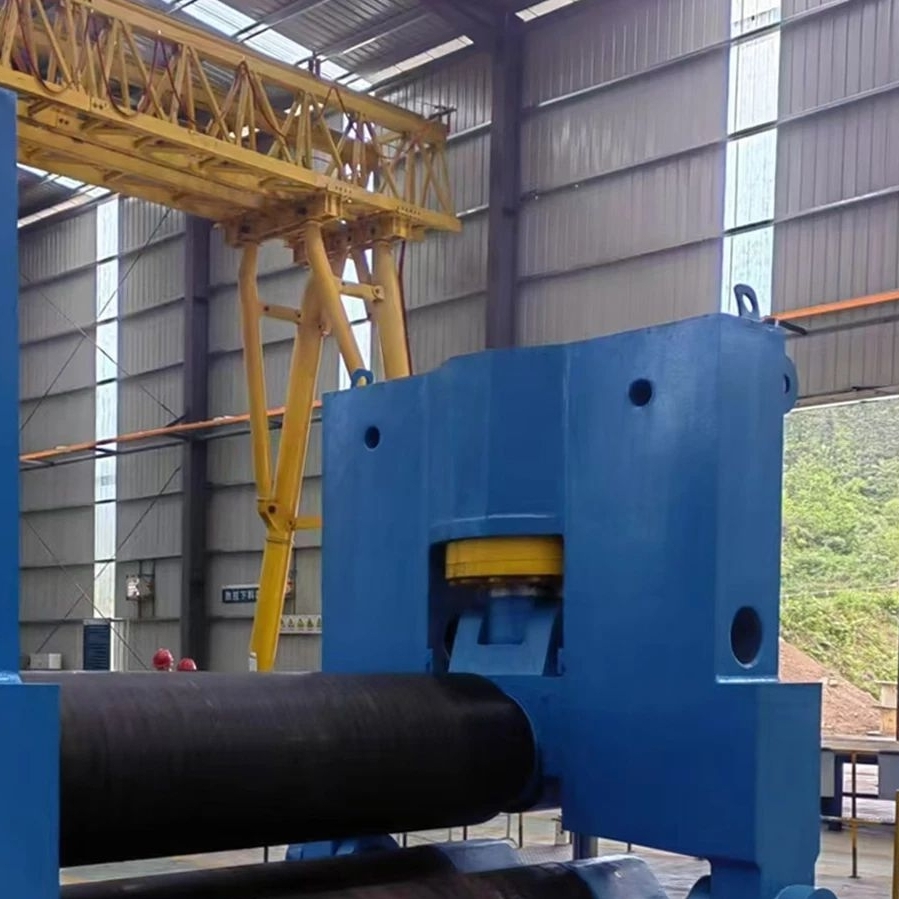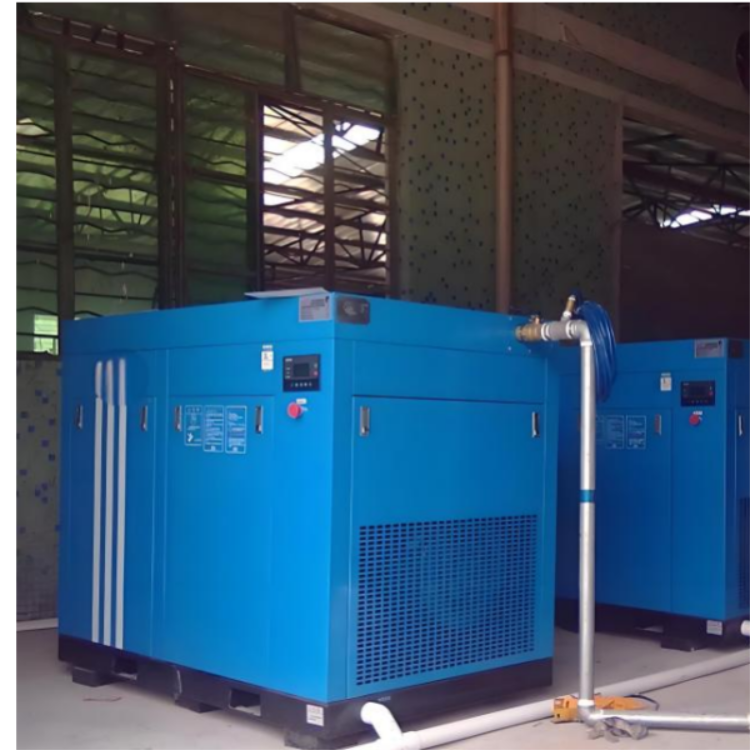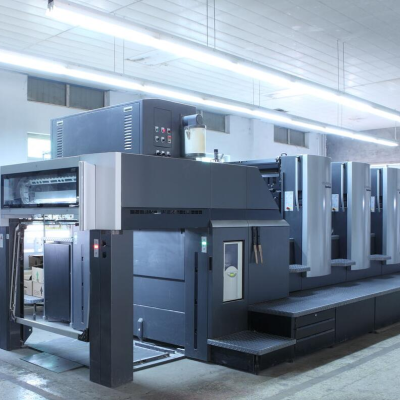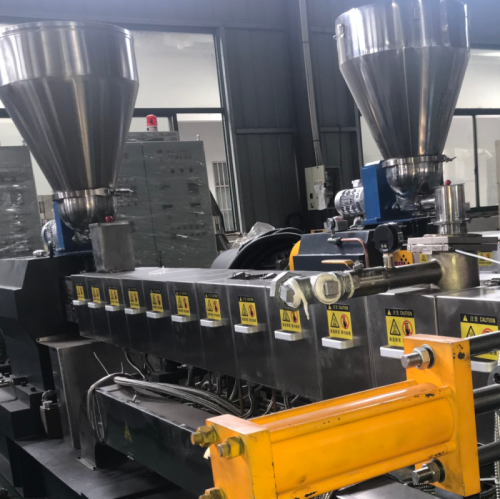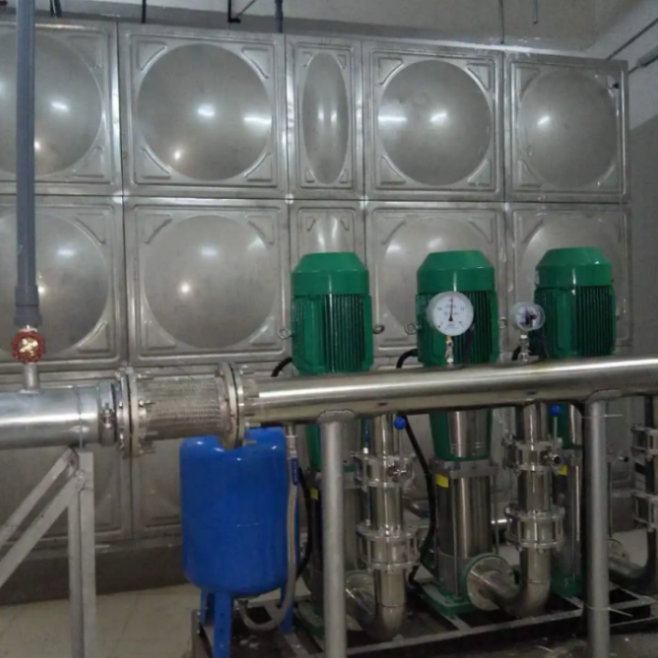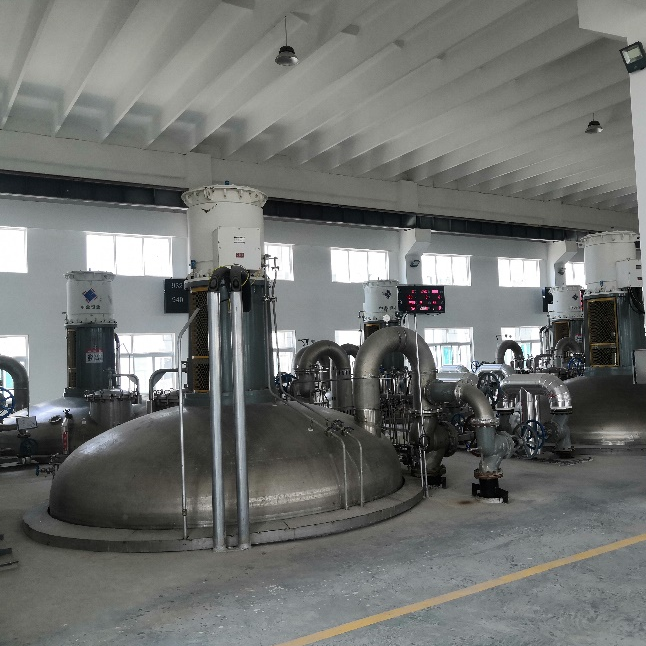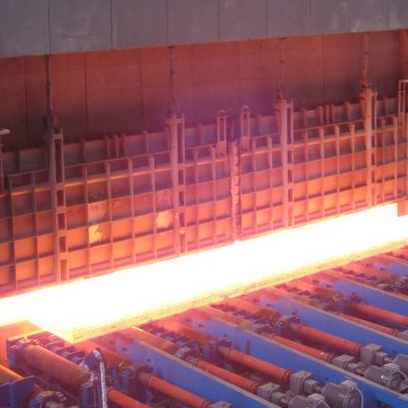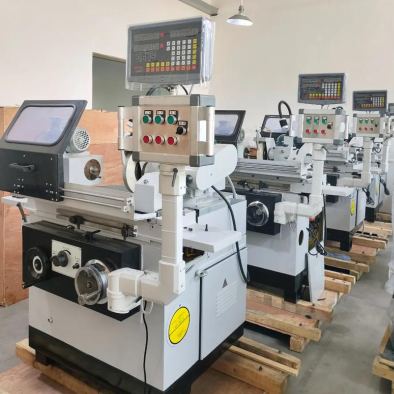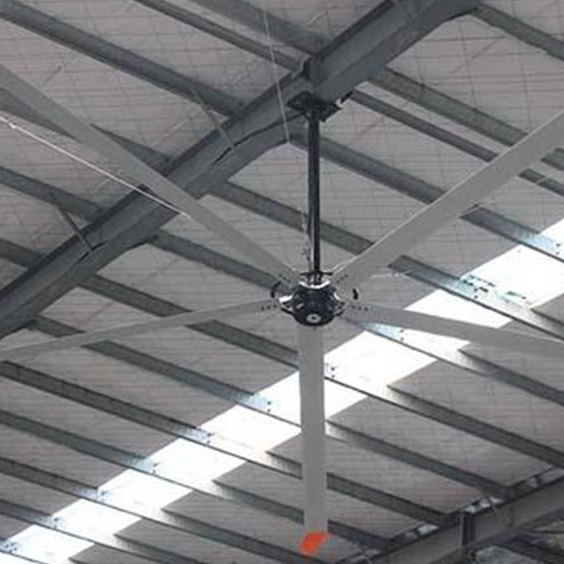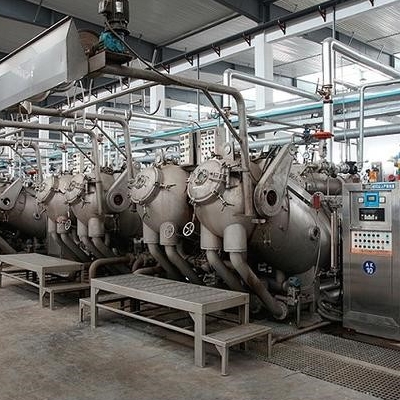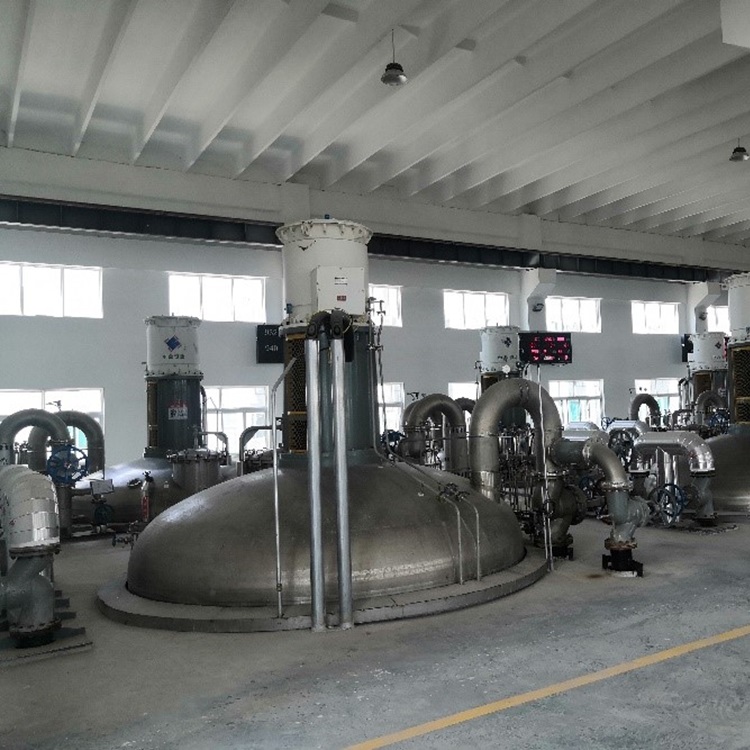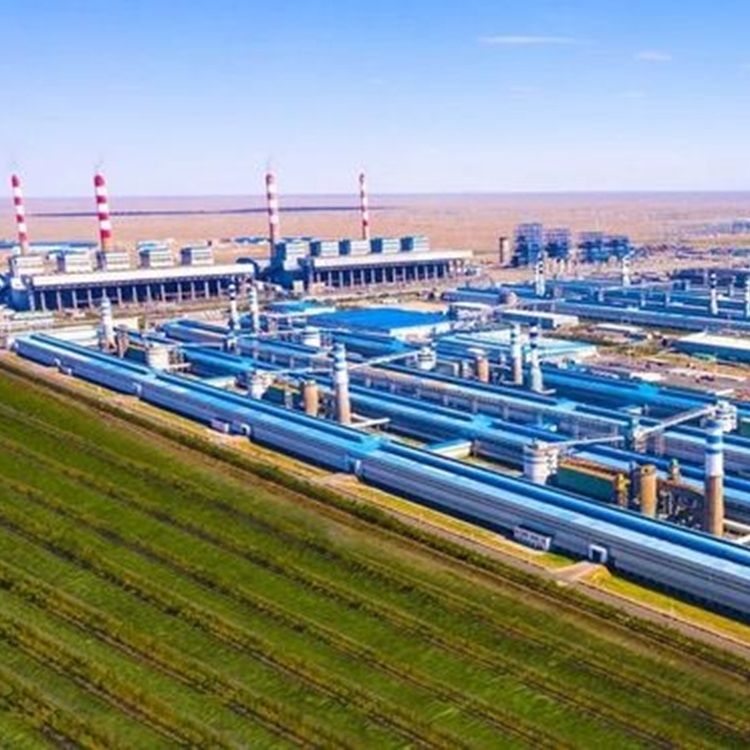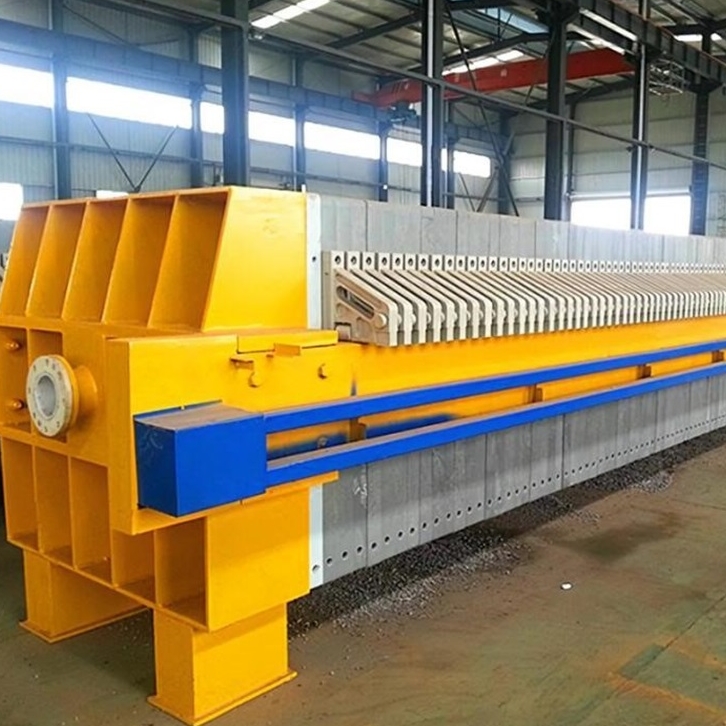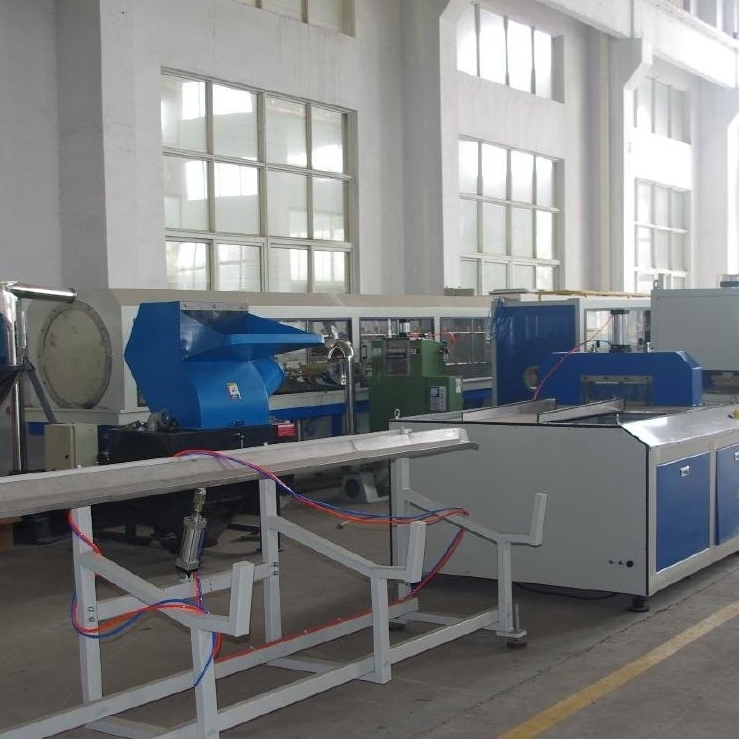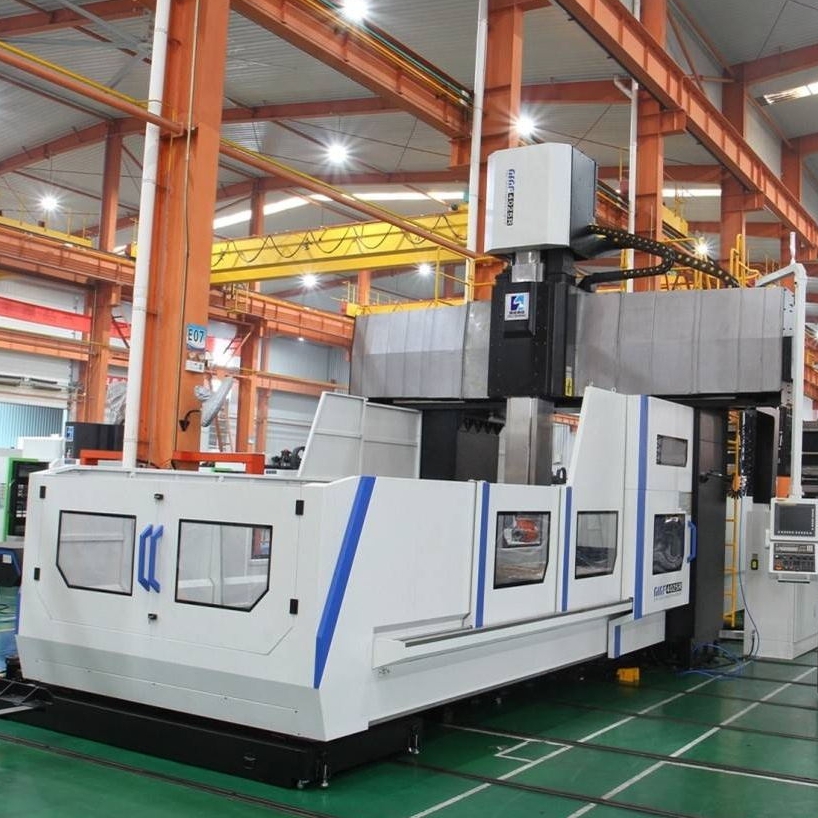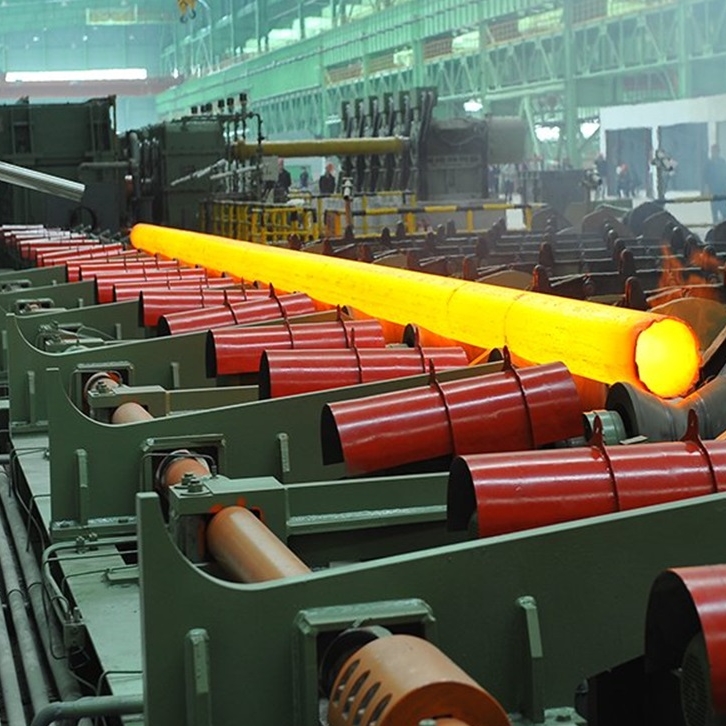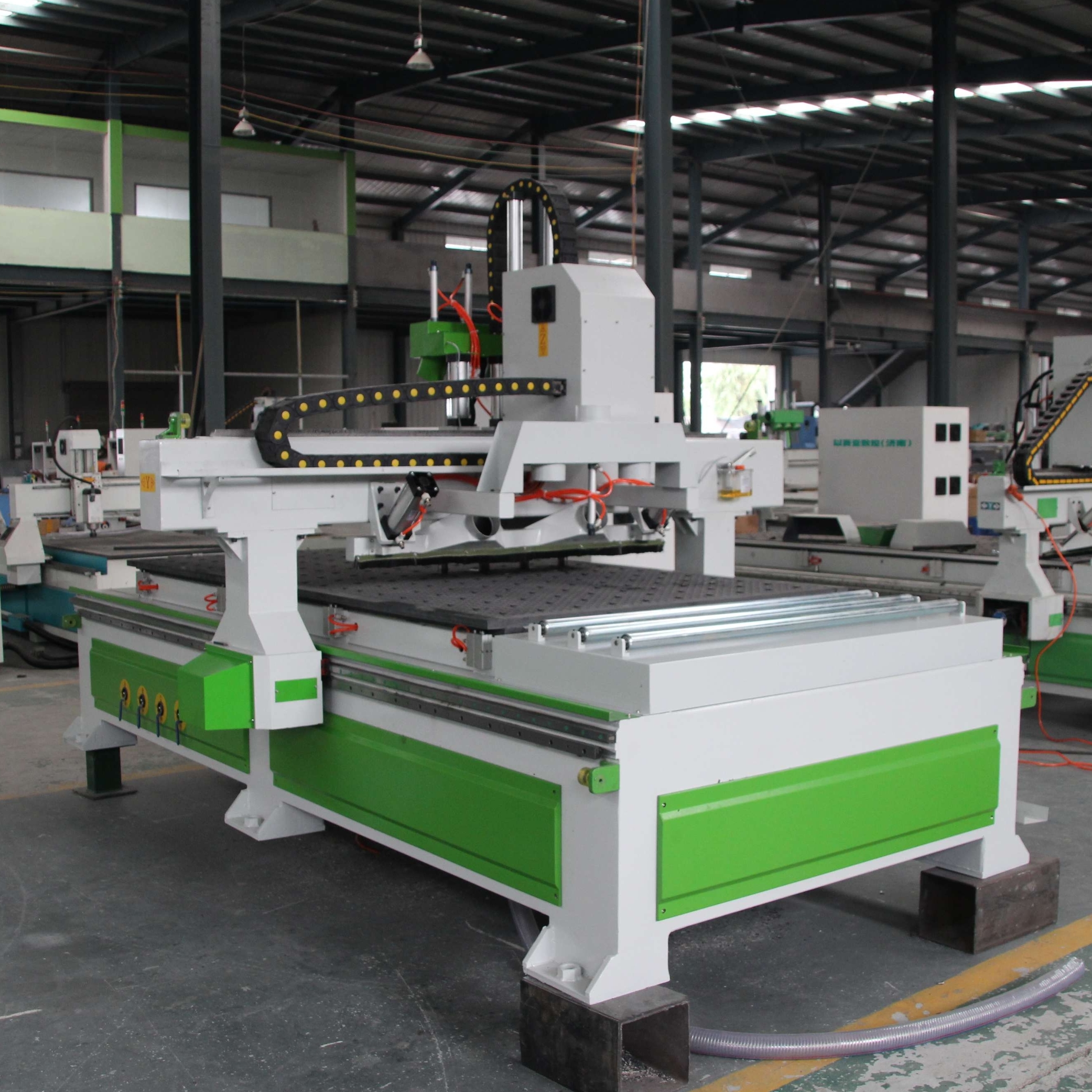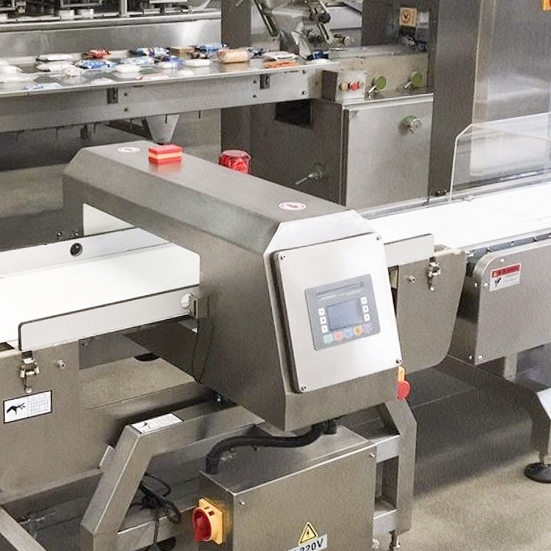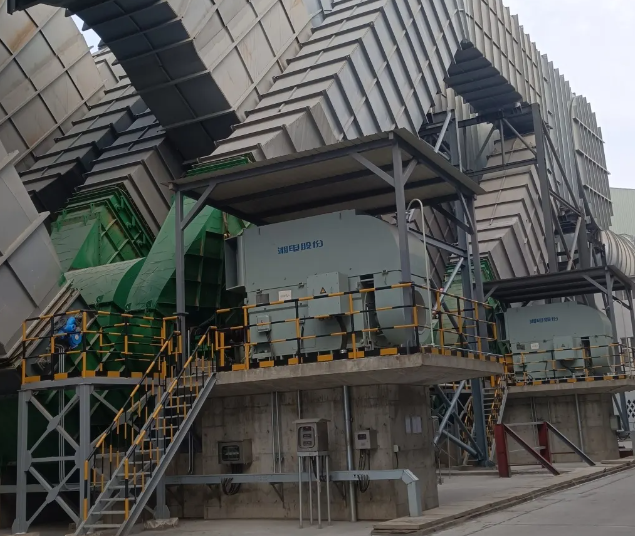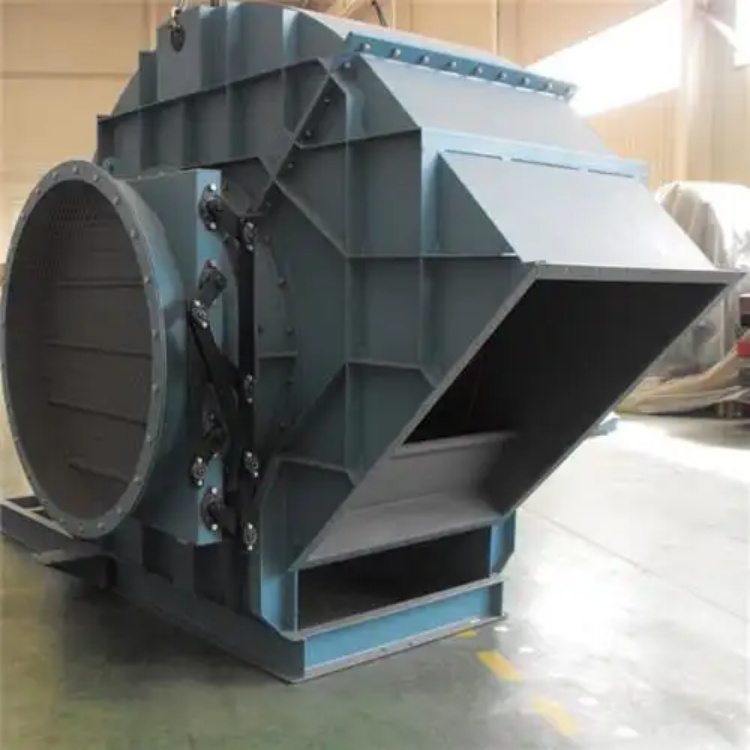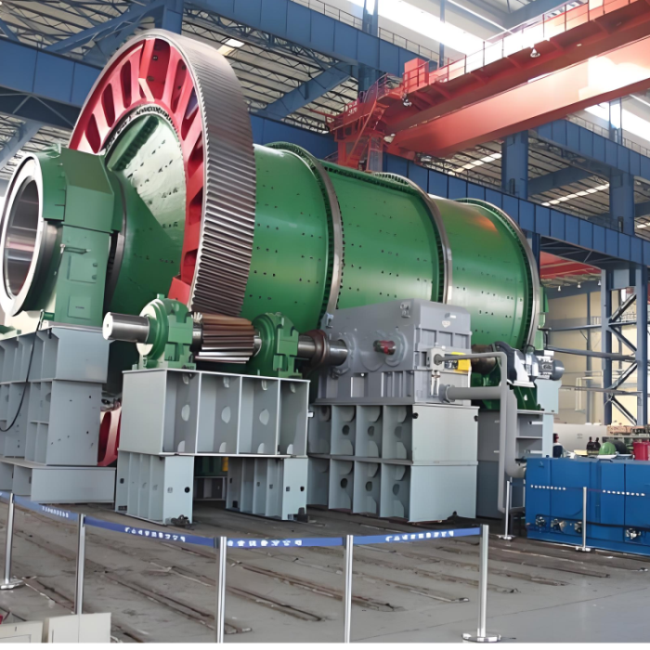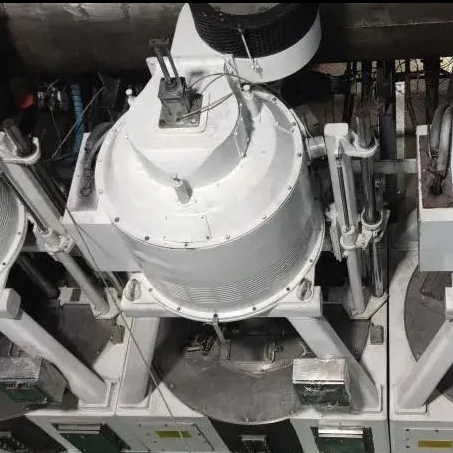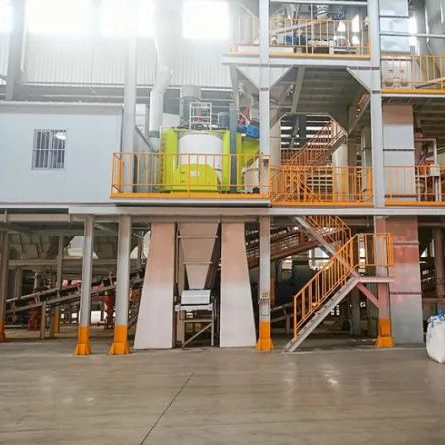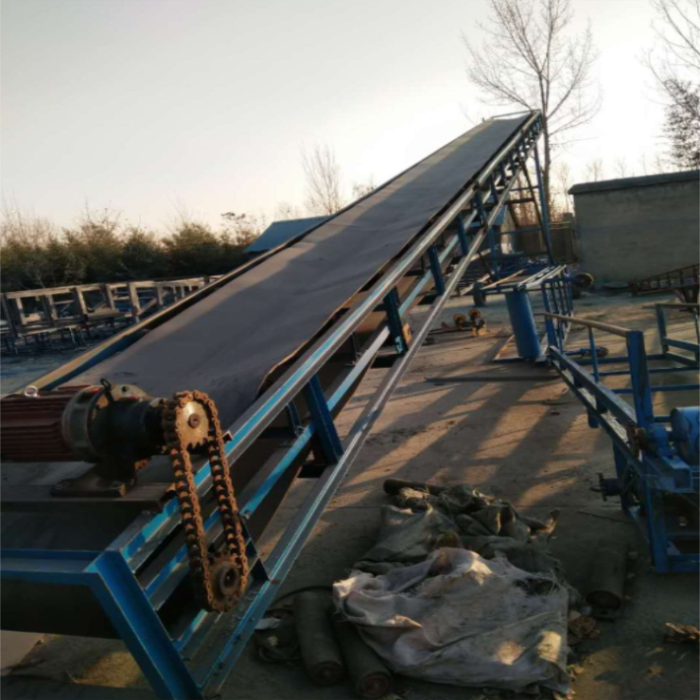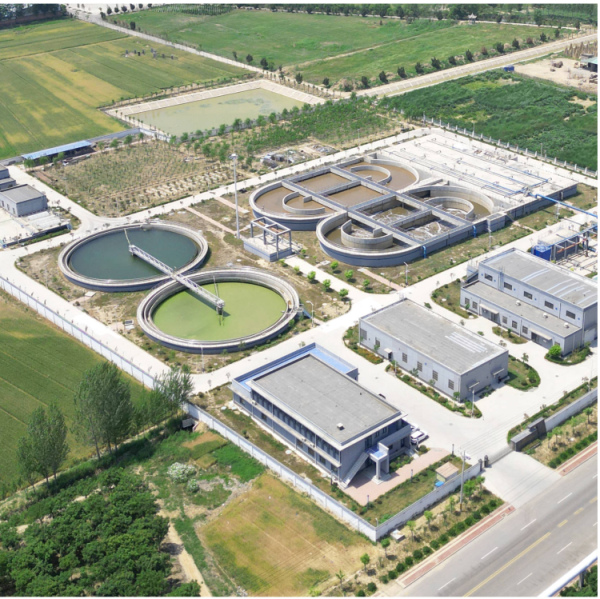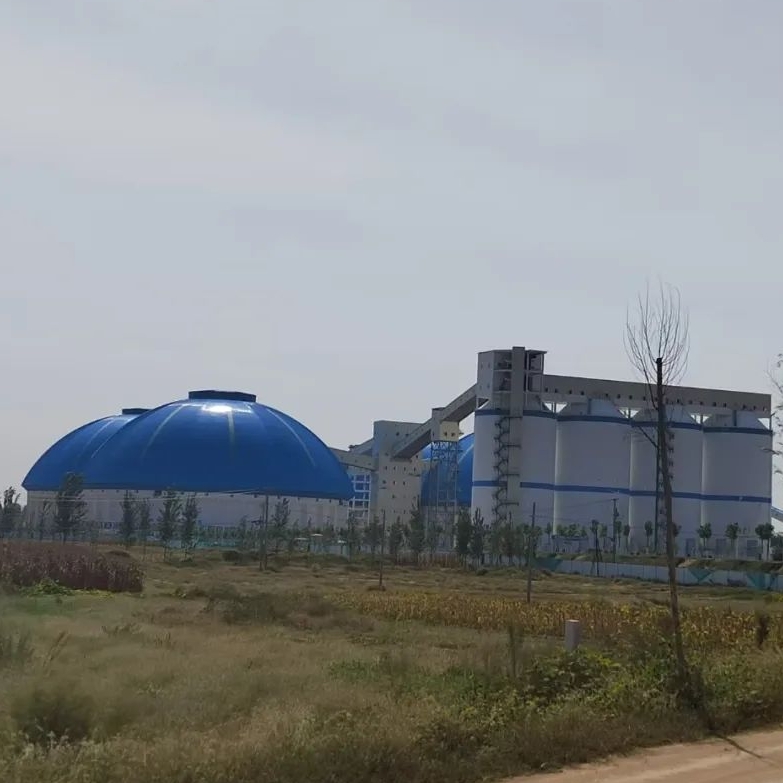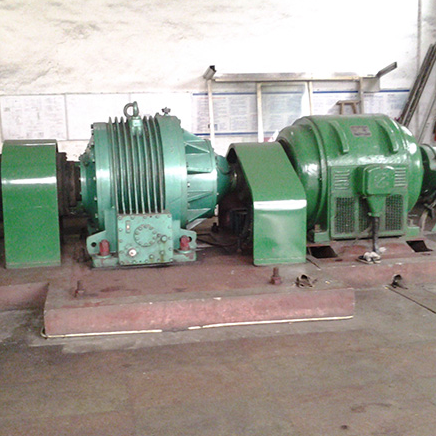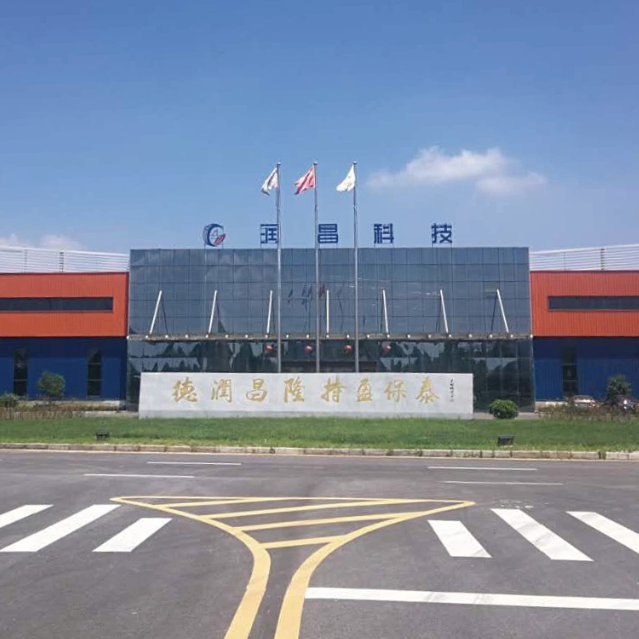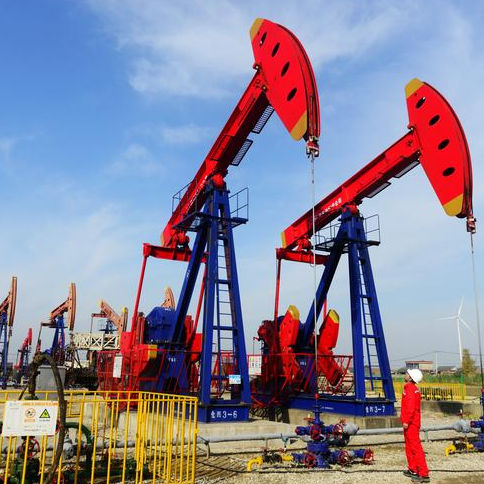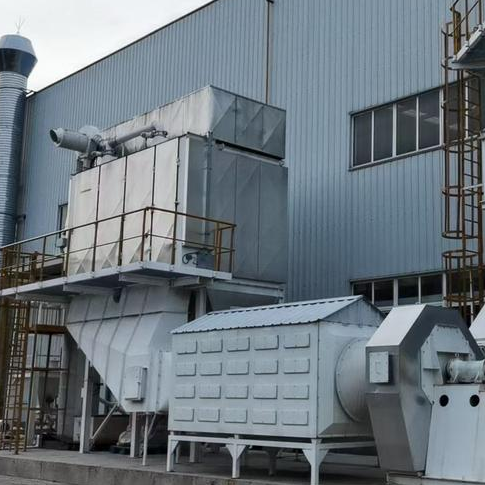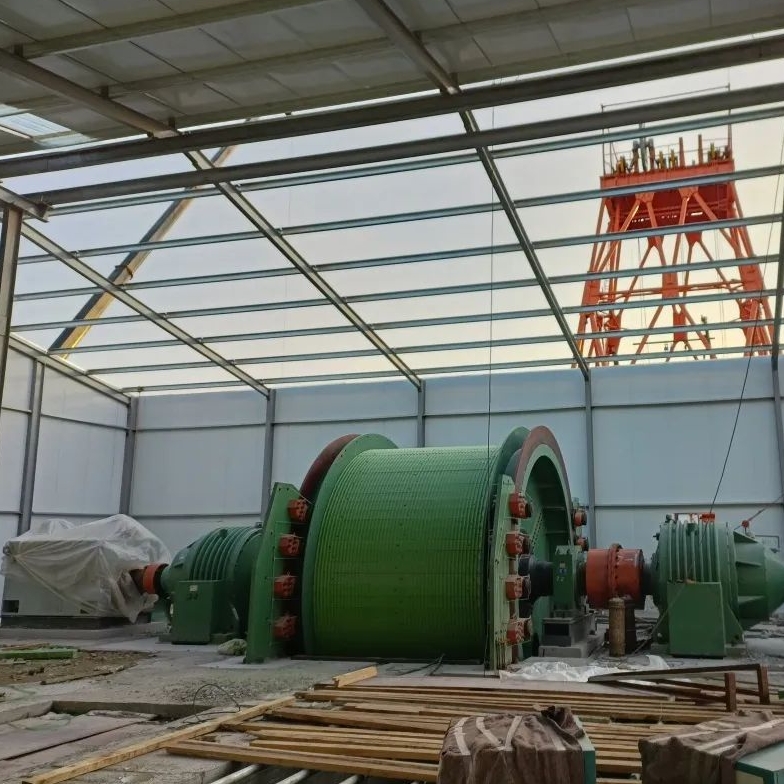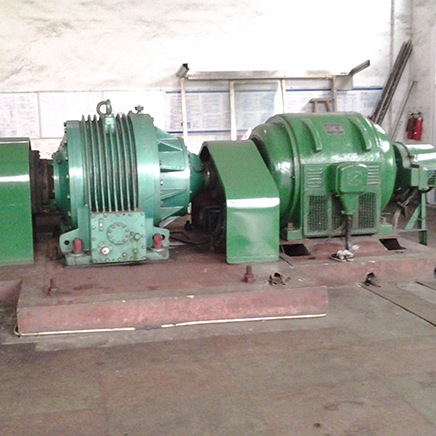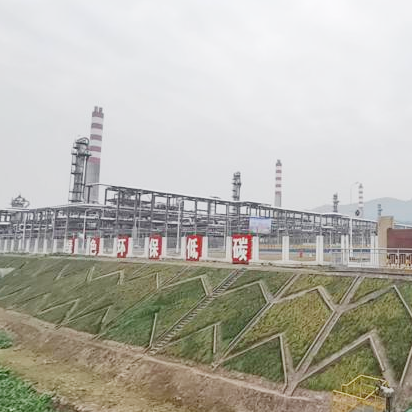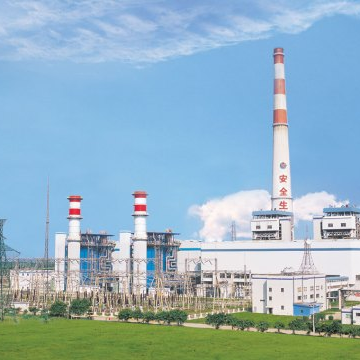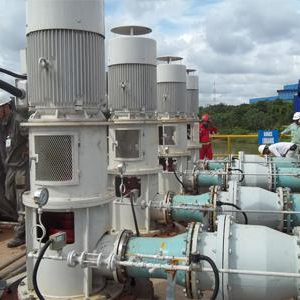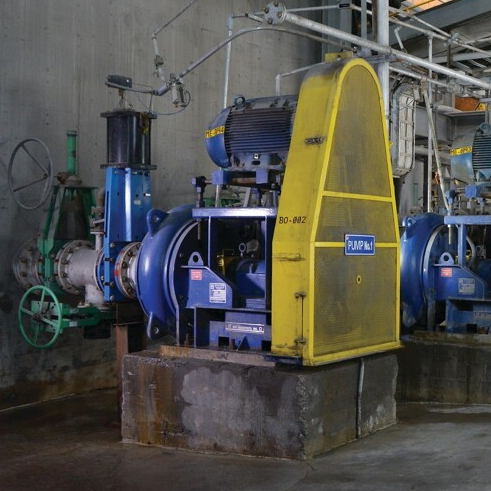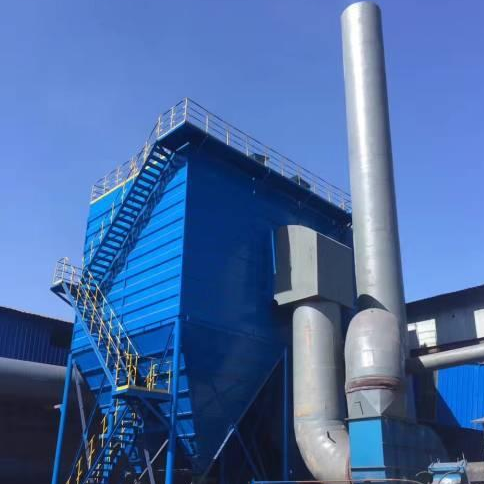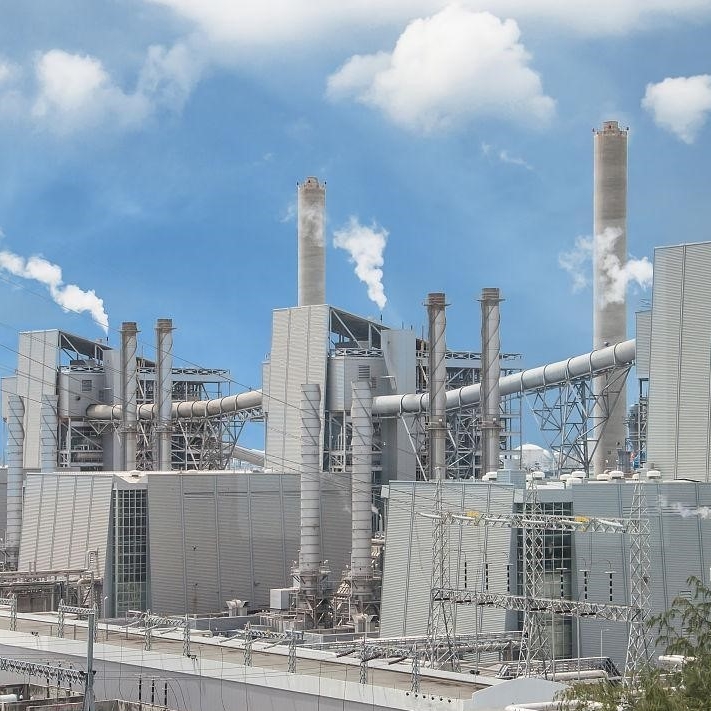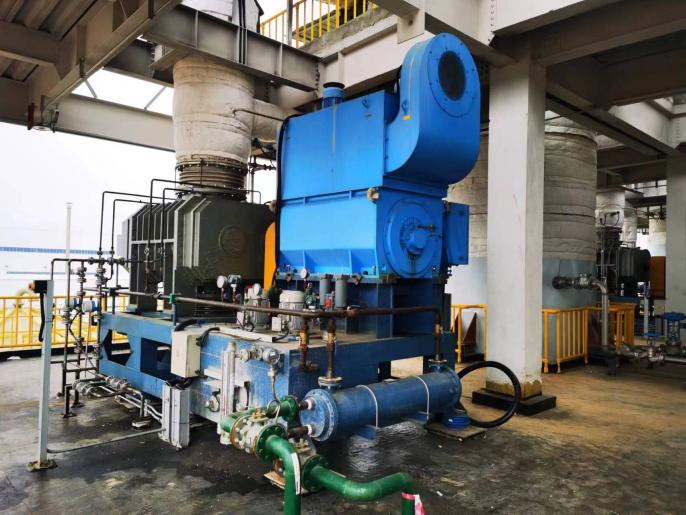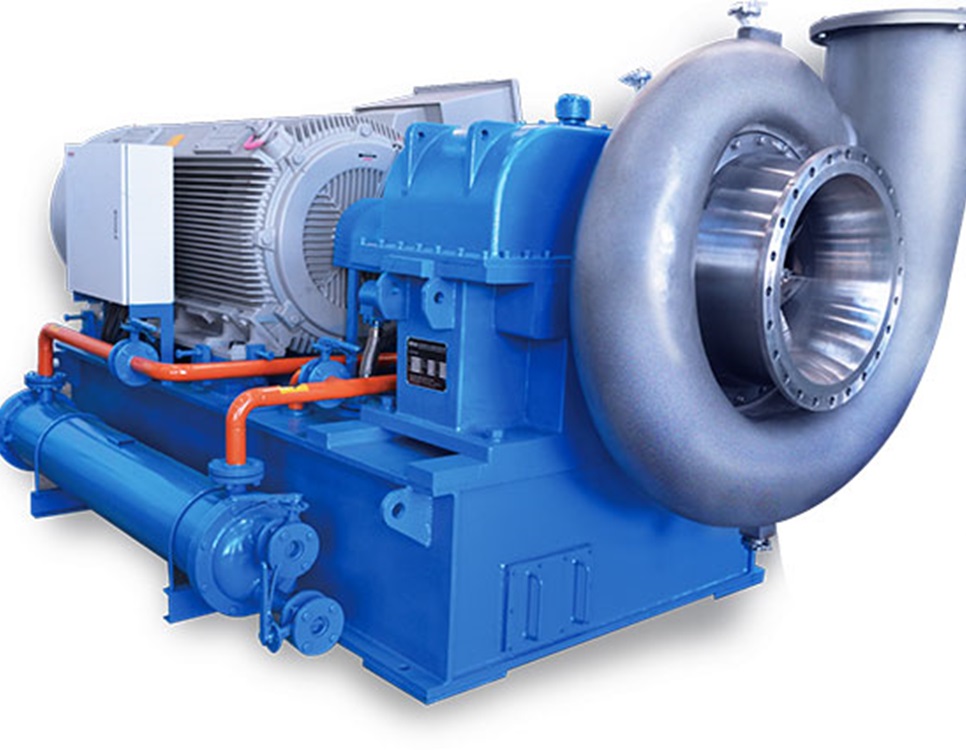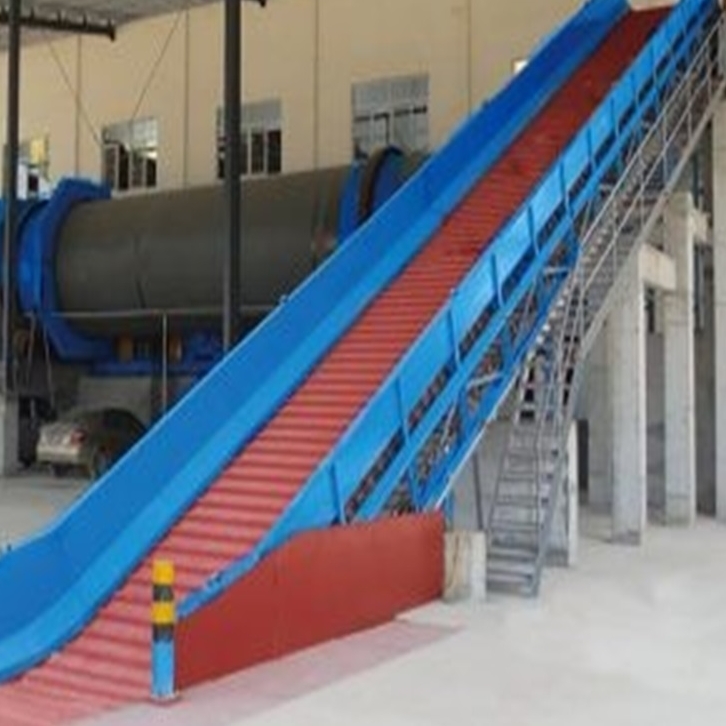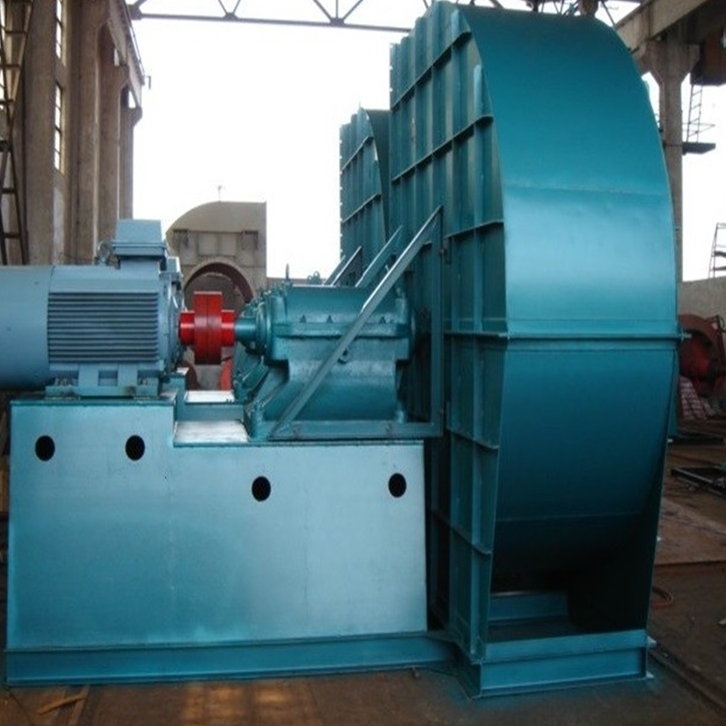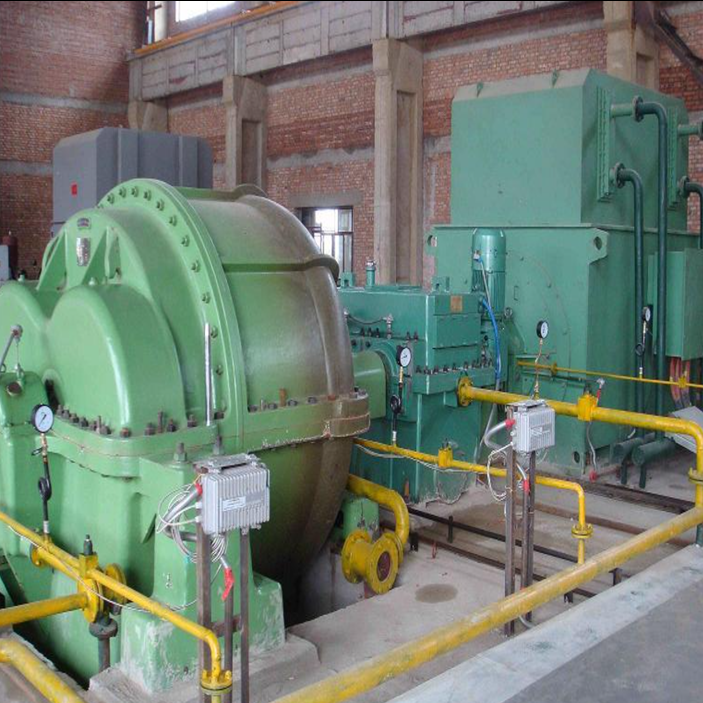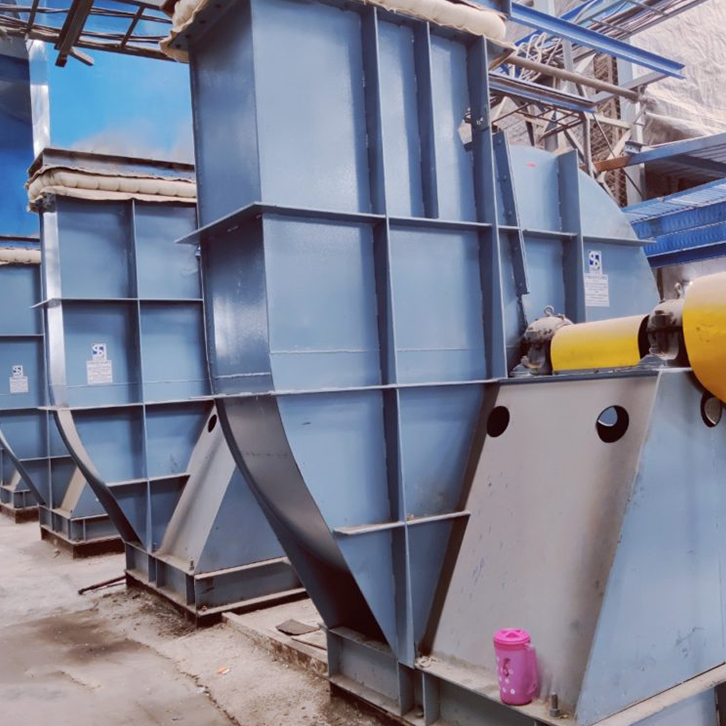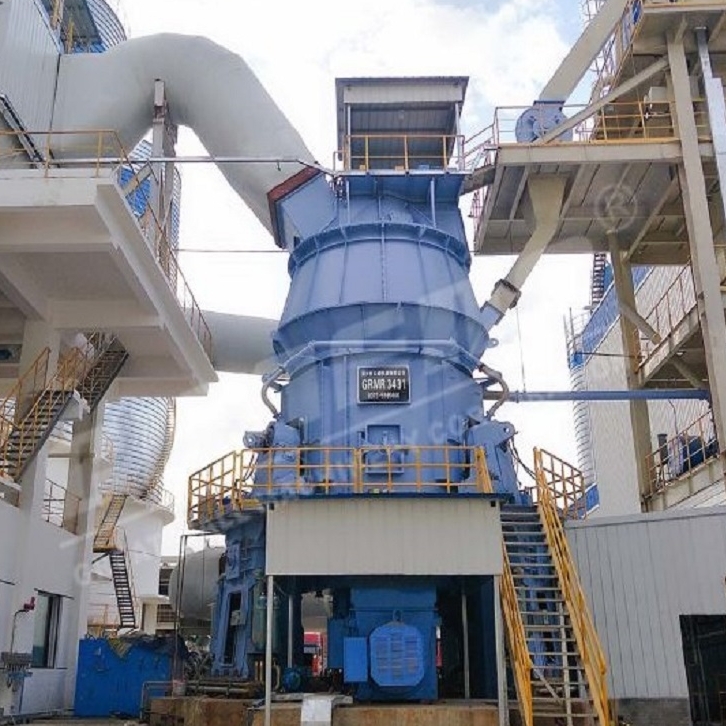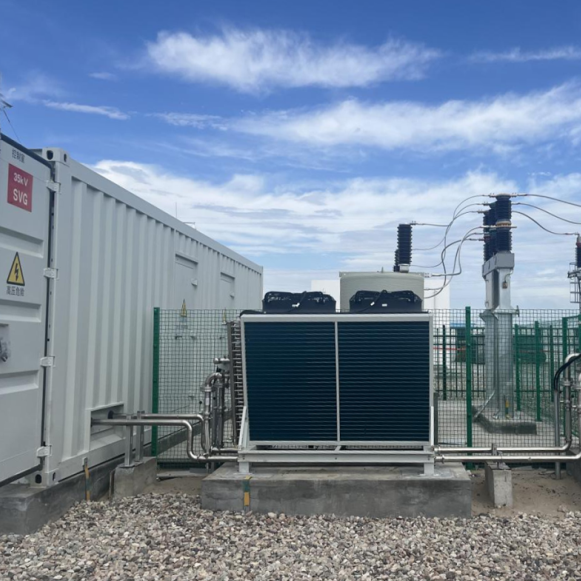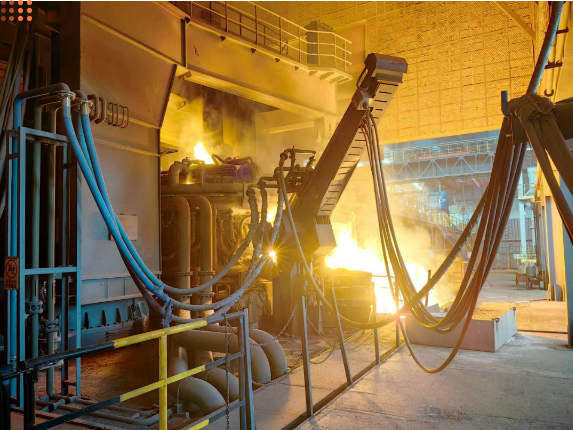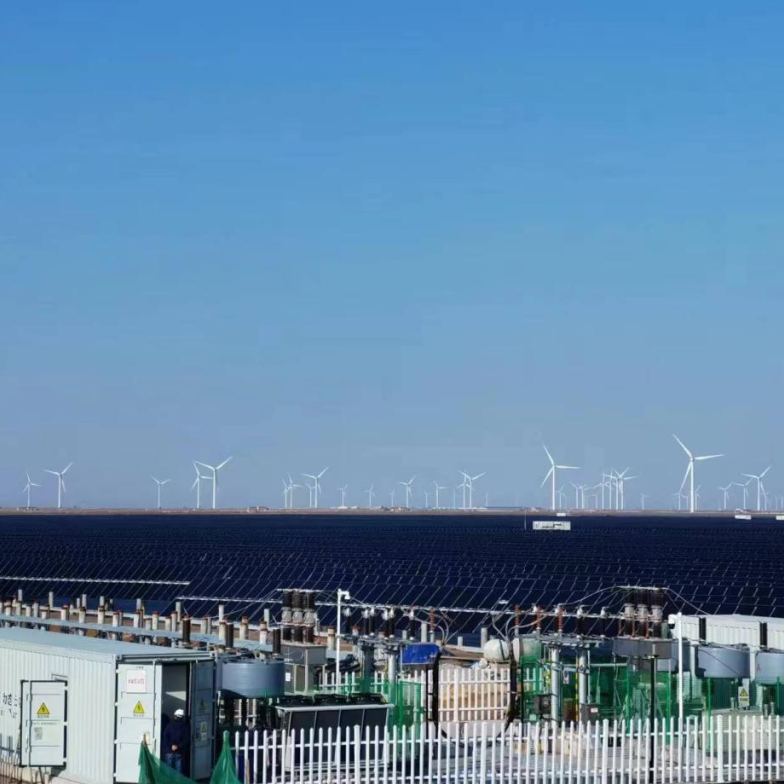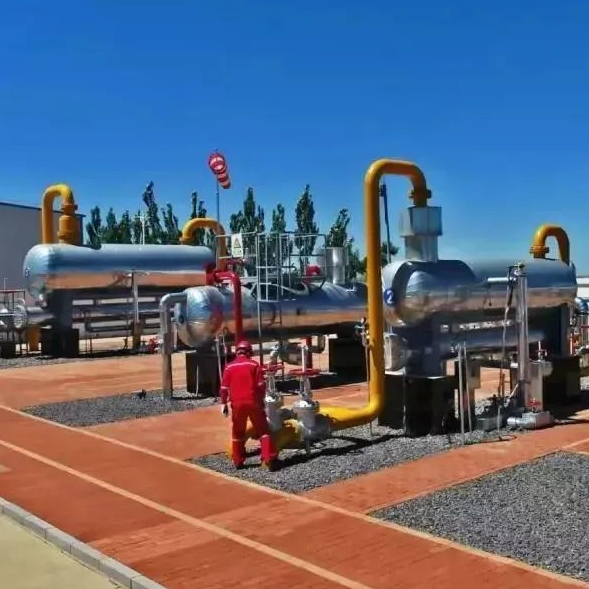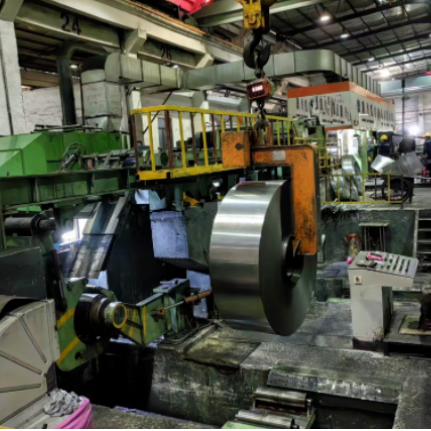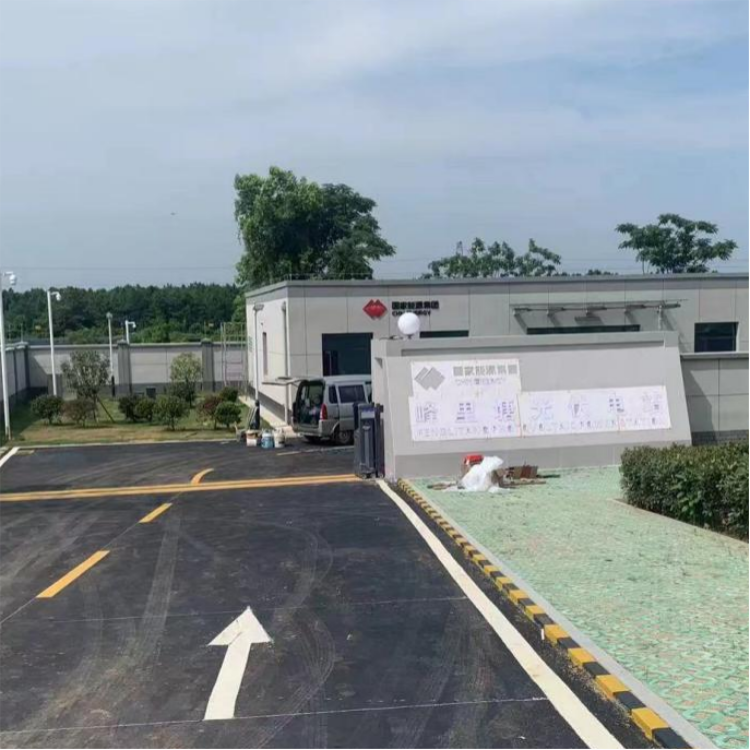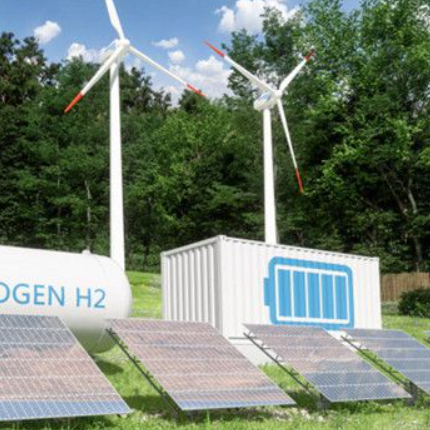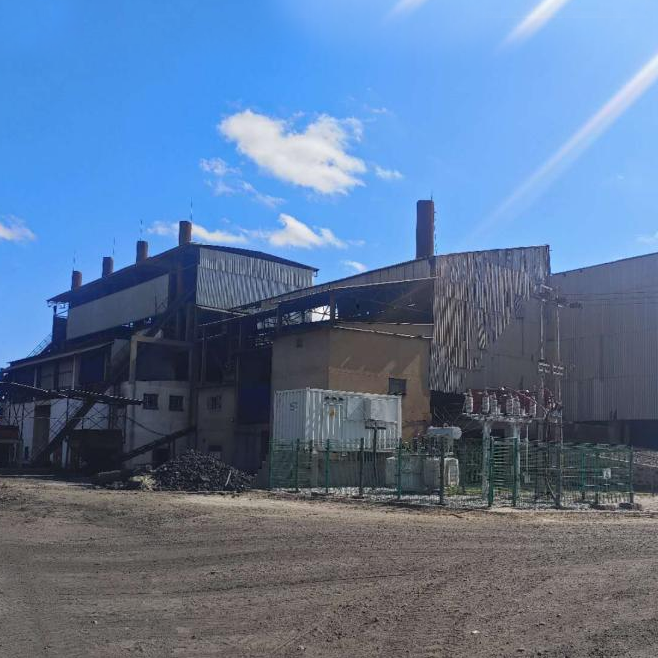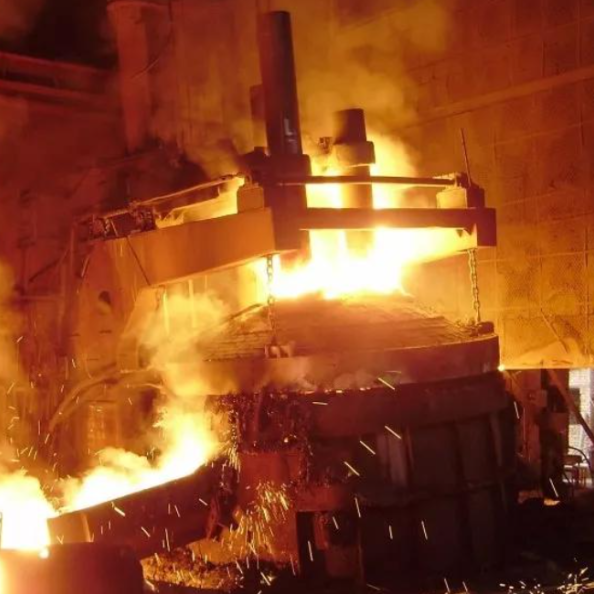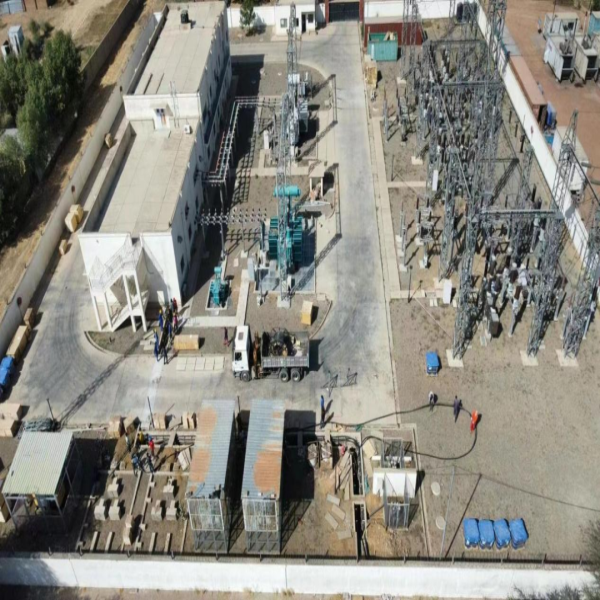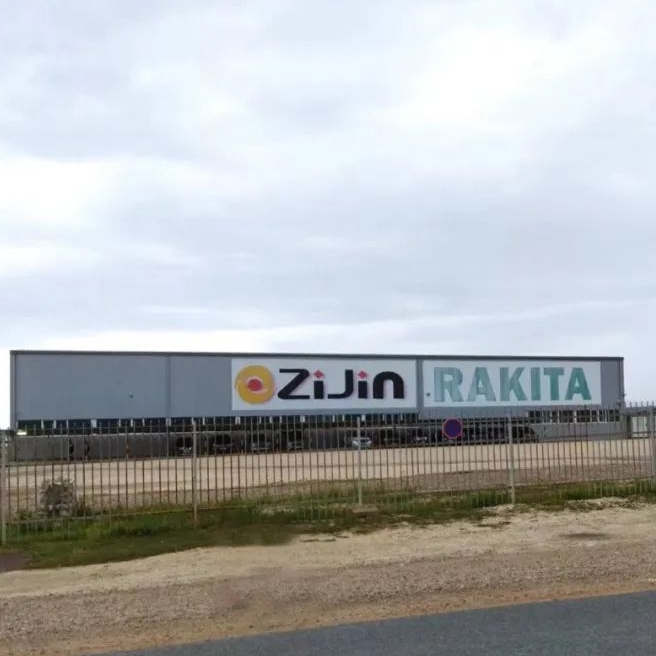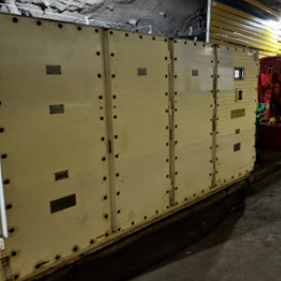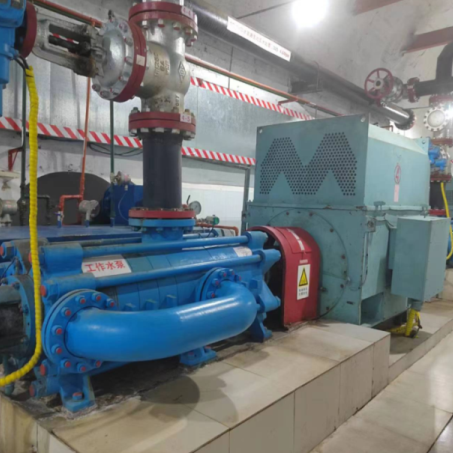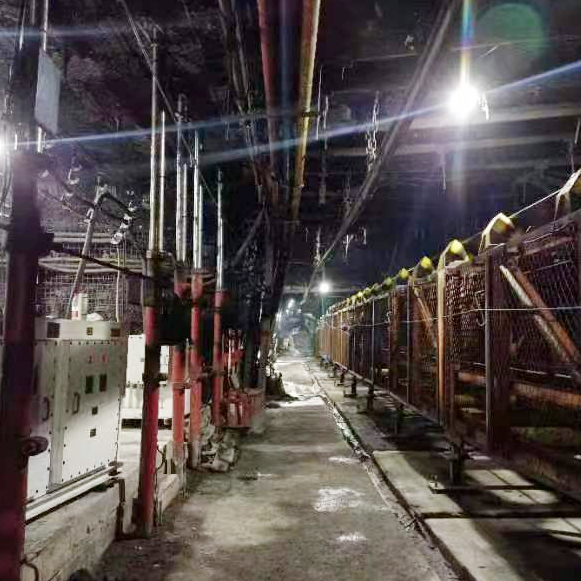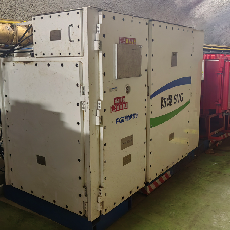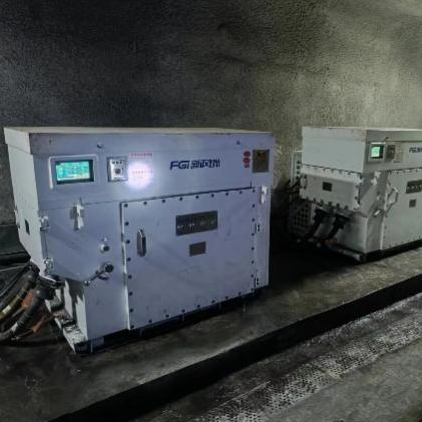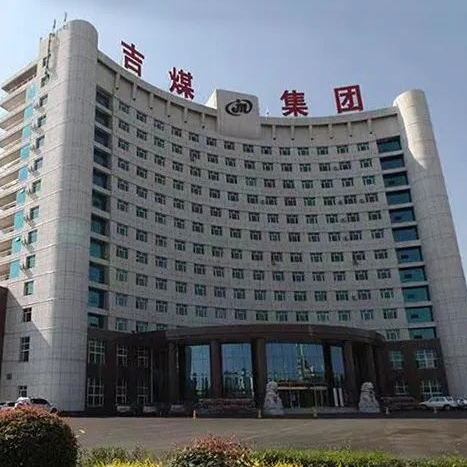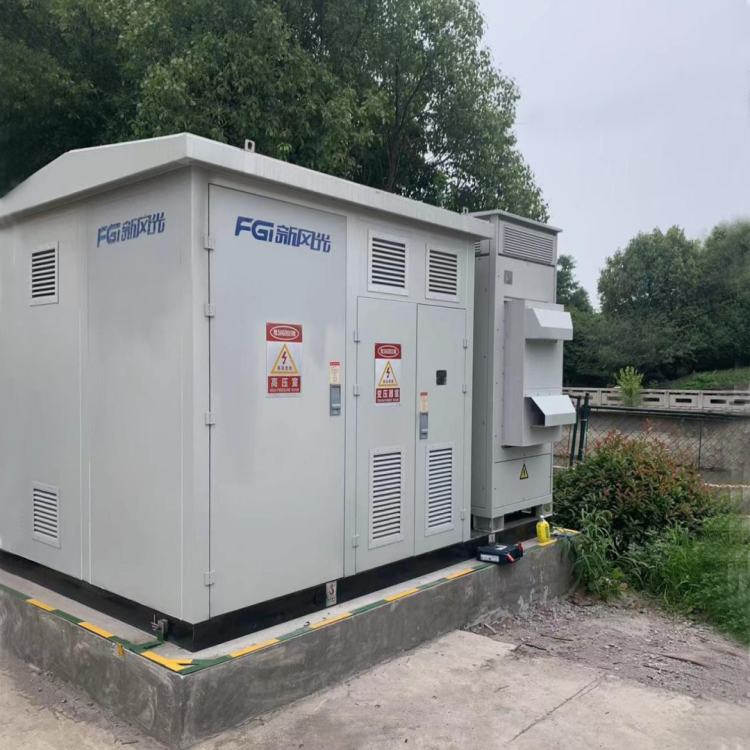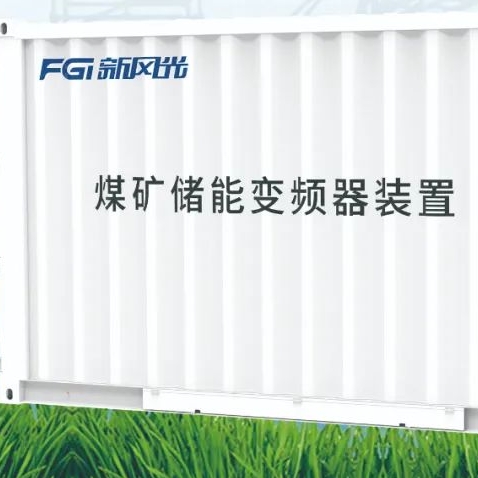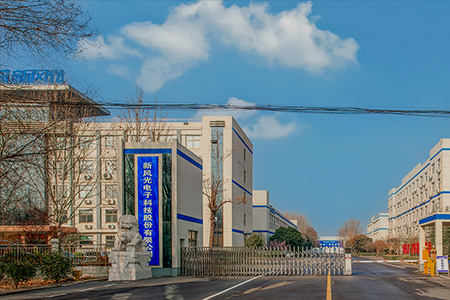1.Overview:
Heating furnace refers to the metallurgical industry,the materials or workpieces (generally metal) heated to the rolling forging temperature equipment (industrial furnace), can be divided into continuous heating furnace and chamber heating furnace. Heating furnace applications in petroleum, chemical industry, metallurgy, machinery, heat, building materials, electronics, materials, light industry, and many other industries. Steel rolling heating furnace in the metallurgical industry he the steel parts that need to be rolled. According to different process requirements, it is required to maintain a certain temperature. The temperature is obtained by burning the fuel, and the effective combustion of the fuel is controlled by the air volume of the heating furnace blower.
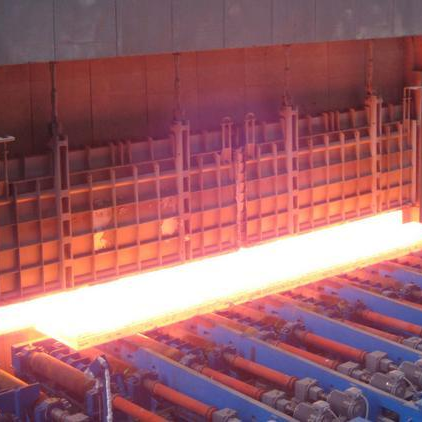
Generally, the air volume and air pressure of the heating furnace fan are adjusted by manually changing the butterfly valve before the inlet of the fan. The motor has been running at full speed at full pressure, and the start and stop mode is realized by the cont-actor switch. This working mode makes the whole system energy saving effect is poor, the debugging is inconvenient, and the equipment failure rate is high. These disadvantages can be improved after using the variable frequency inverter speed governor in the system. Next, we will introduce the application of FG 300-560KW frequency inverter in the heating furnace fan in a large ironmaking plant.
2.Implementation plans:
Structure composition: the heating furnace is generally composed of five parts: radiation chamber, convection room, waste heat recovery system, burner and ventilation system. Its structure usually includes: steel structure, furnace pipe, furnace wall (furnace lining), burner, hole fittings and so on. Among them, the function of the ventilation system is to import the combustion air into the burner and the waste gas out of the furnace. It is divided into natural ventilation and compulsory ventilation in two ways. The former relies on the smoke force of the chimney itself, while the latter uses the fan.
Main principle: use the high temperature flame and flue gas produced by the fuel combustion in the furnace as the heat source, to heat the flowing medium in the furnace tube, so that it can reach the specified process temperature. The fuel is fired from the burner, producing high temperature flame and high temperature flue gas. The high temperature flame transmits the heat to the furnace tube in the radiation room through radiation, and then to the medium in the furnace tube. Due to the suction force of the chimney or the action of the draft fan, the high temperature flue gas enters the convection chamber of the heating furnace, and transmits the heat to the furnace pipe in the convection chamber through convection, and then to the medium in the furnace pipe.560KW blower in FGI FG300 560 KW frequency inverter to drive, frequency inverter control fan with air combustion into the burner, conveying oxidant, provide combustion speed, frequency inverter through remote panel operation, adjust the given speed, so as to change the motor speed, to achieve the purpose of changing the wind pressure, air volume. The site is also equipped with a set of 315KW fan and FGI FG300 type 315KW frequency
inverter backup.
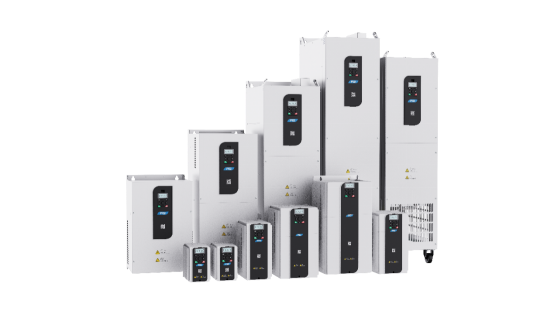
3.Application advantages
After the heating furnace adopts FGI FG300 series frequency inverter in the ventilation system, the system energy saving effect is significant, greatly reduces the power consumption, achieves the effect of fuel saving simultaneously, but also reduces the maintenance cost.
FGI FG300 Series frequency inverter has a wide speed regulation range, high accuracy, convenient debugging, wind pressure and air volume can be changed according to the process needs, reduce the labor intensity of workers, improve the quality, improve the output.
FGI FG300 Series frequency inverter has a powerful protection function, can provide complete overflow, over voltage, under voltage, overload and other protection functions, make the system operation more stable and reliable, deep trust by users.

